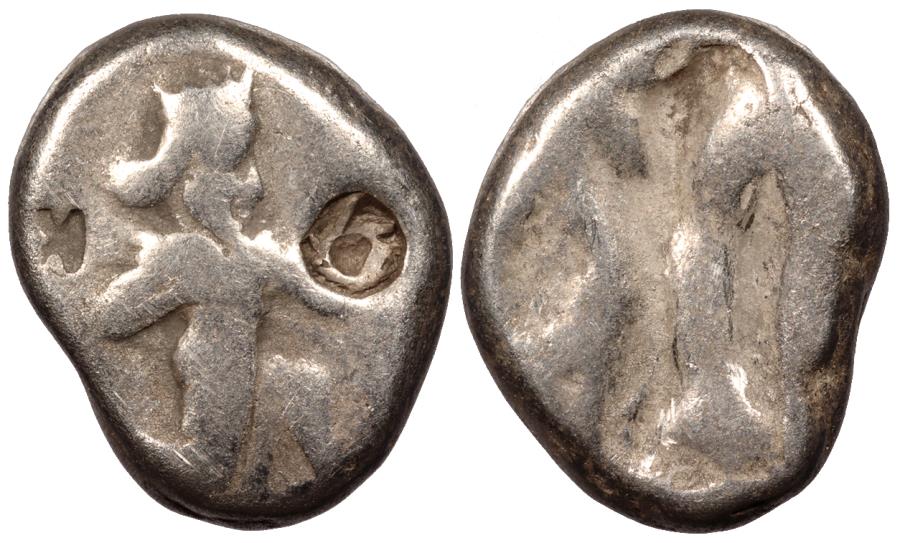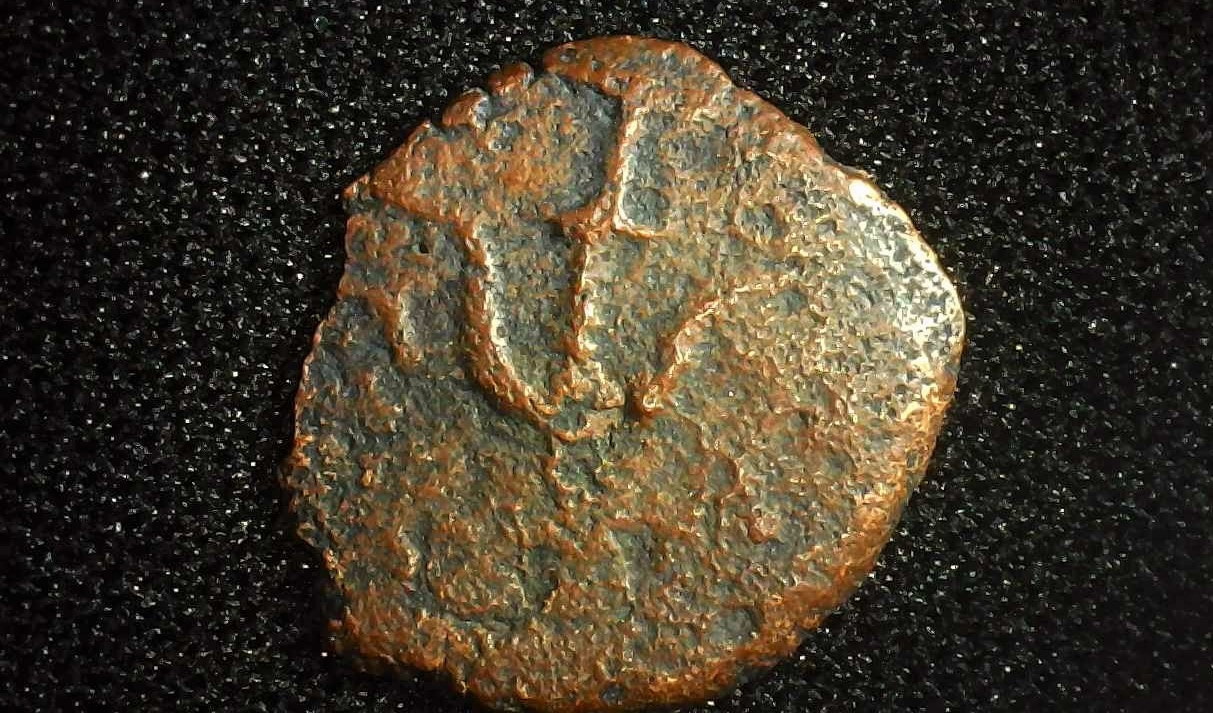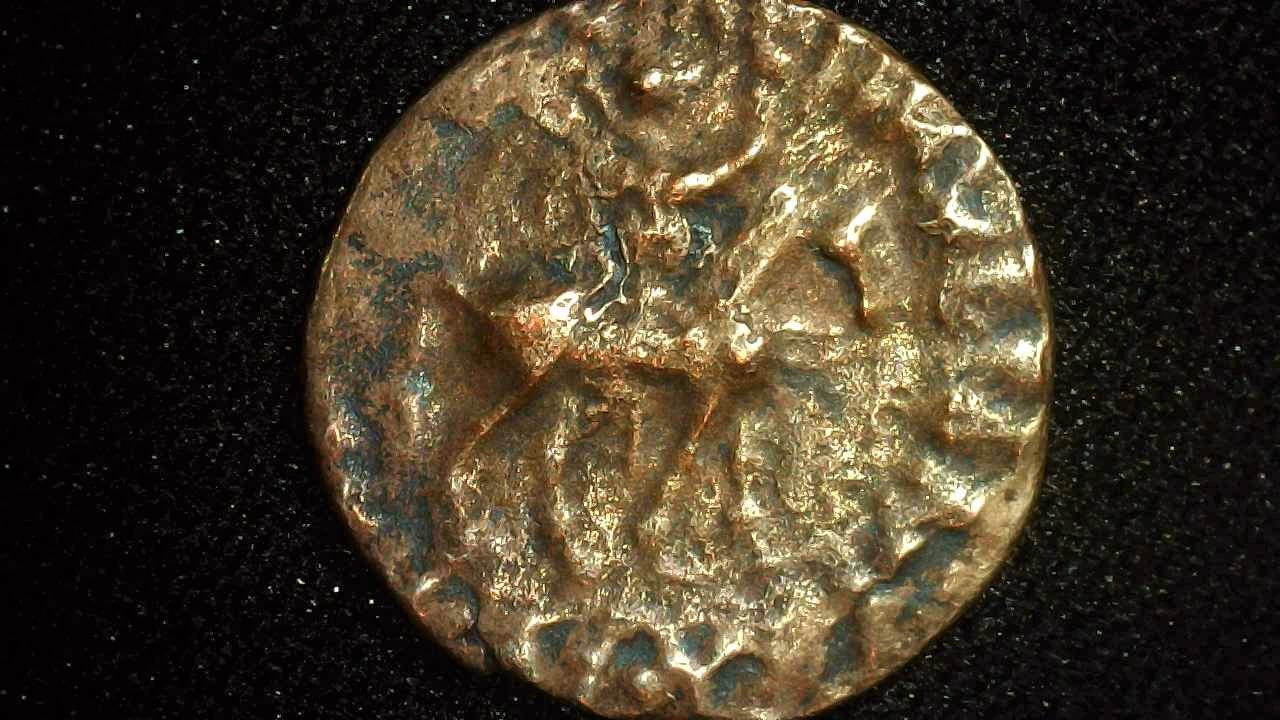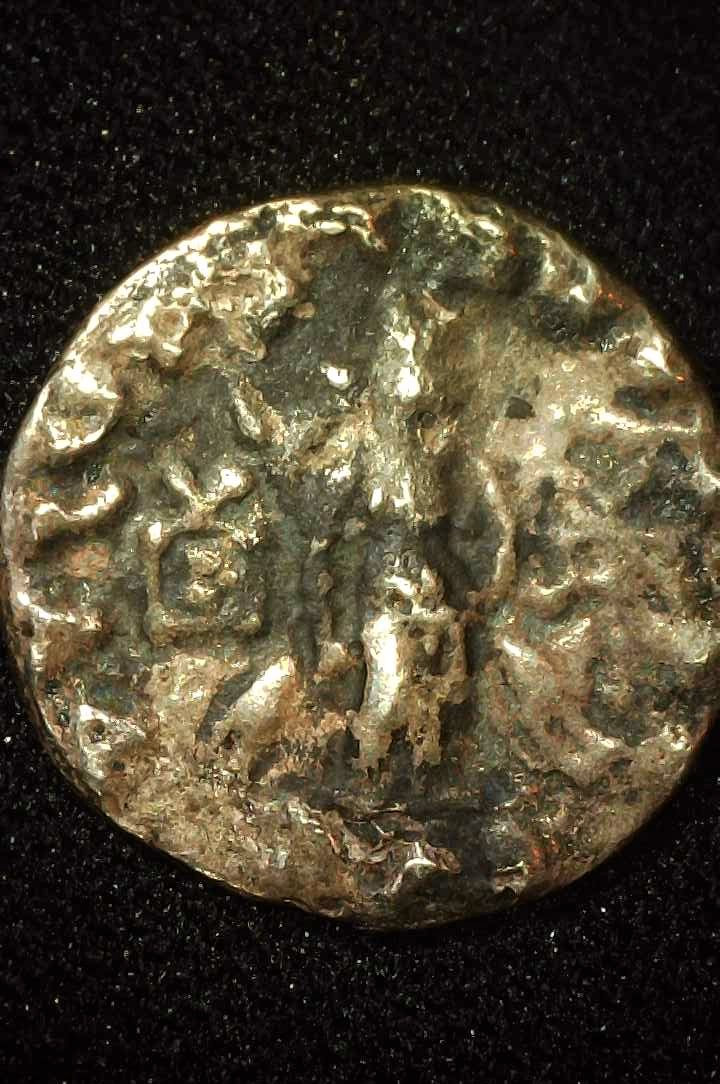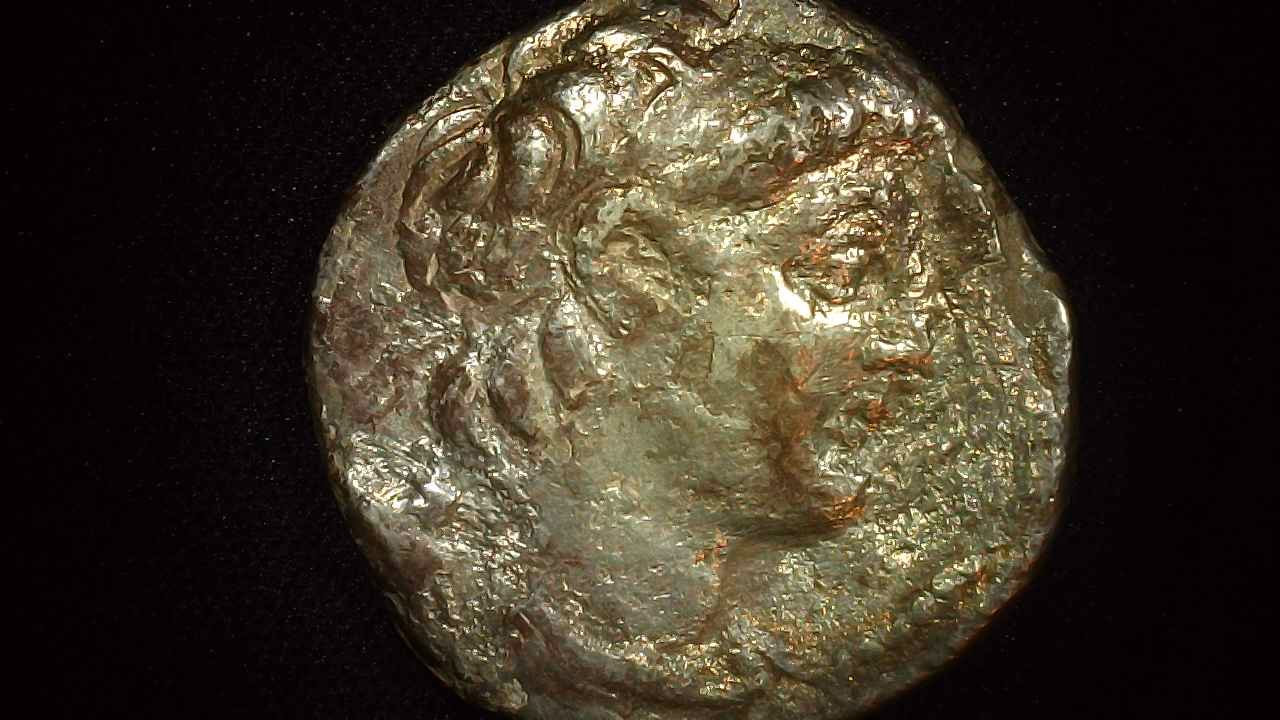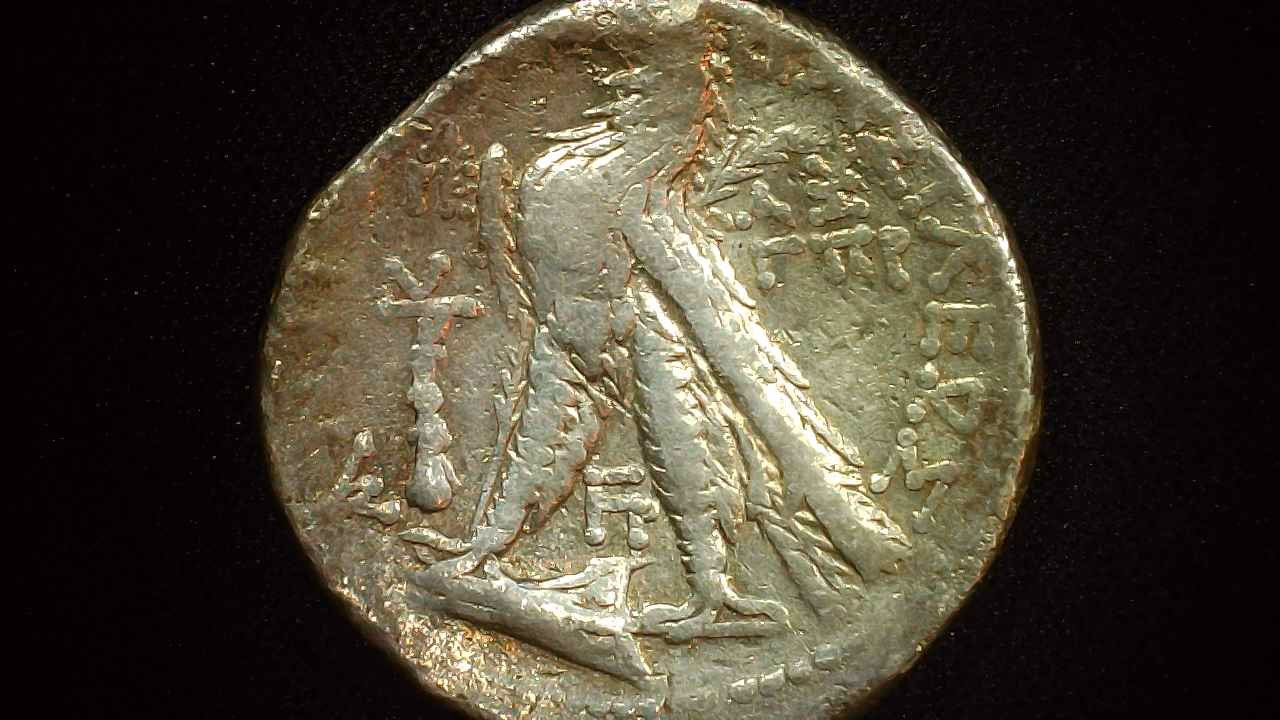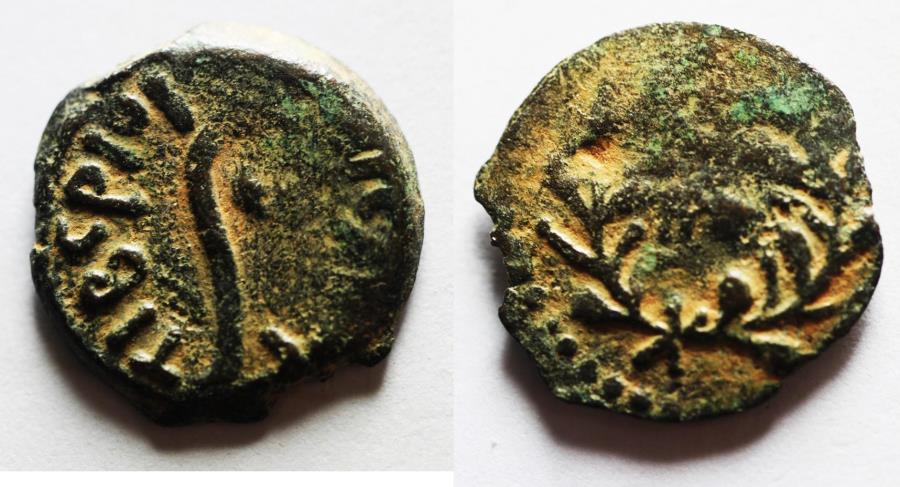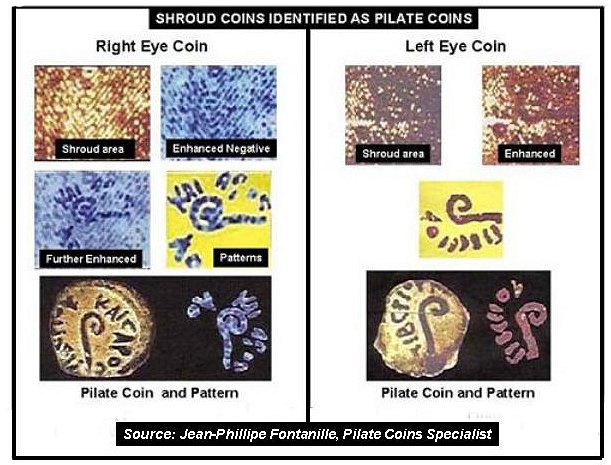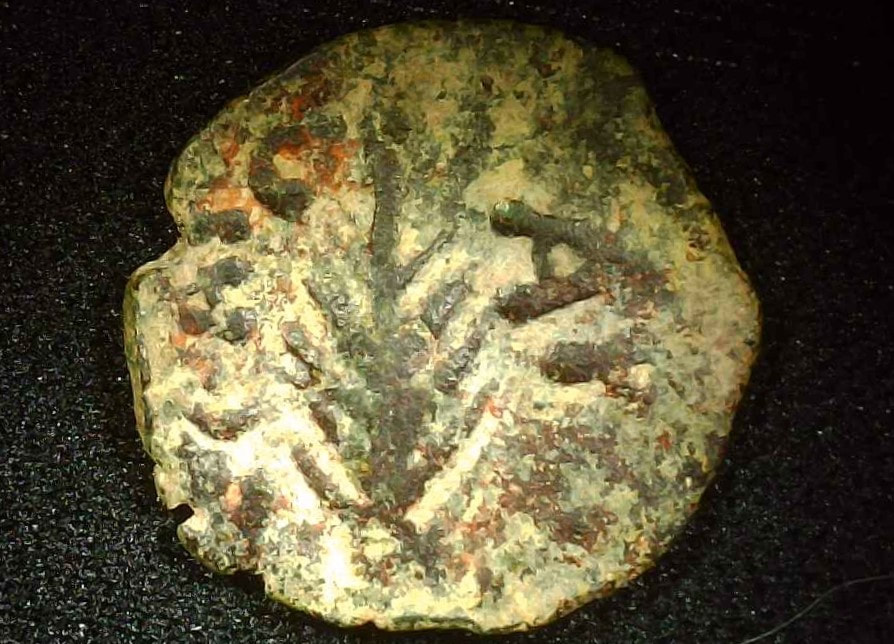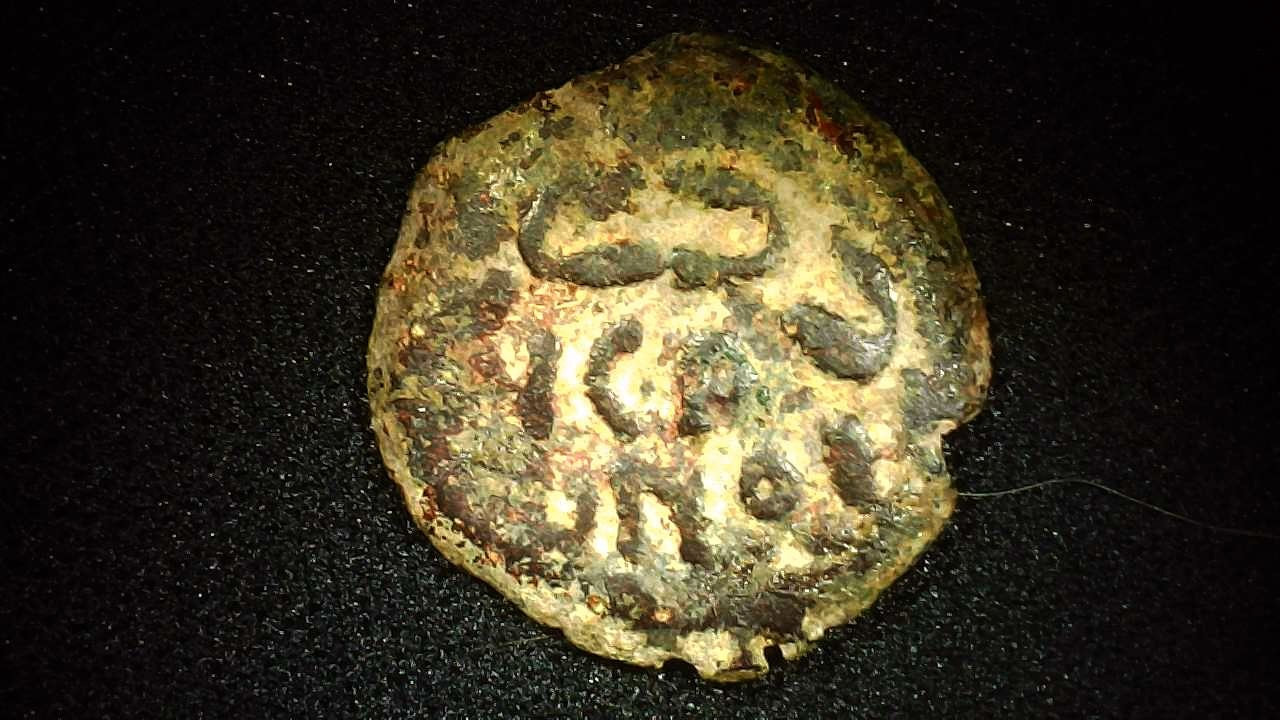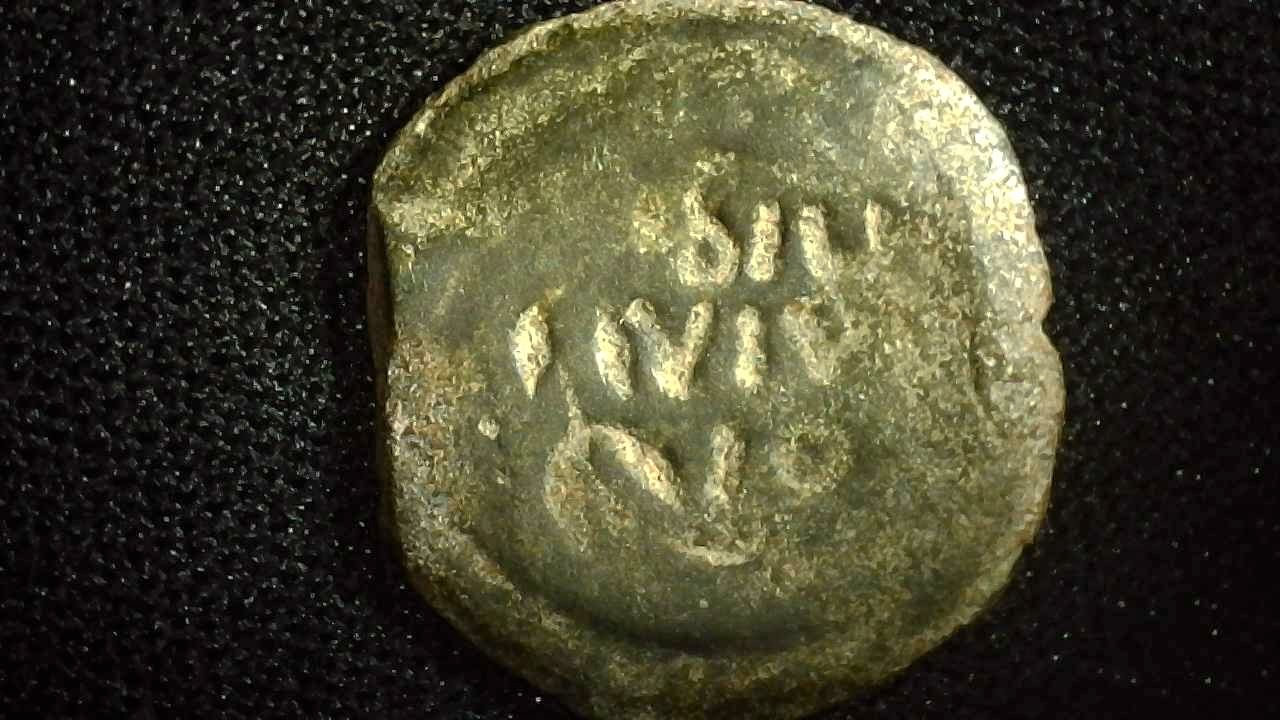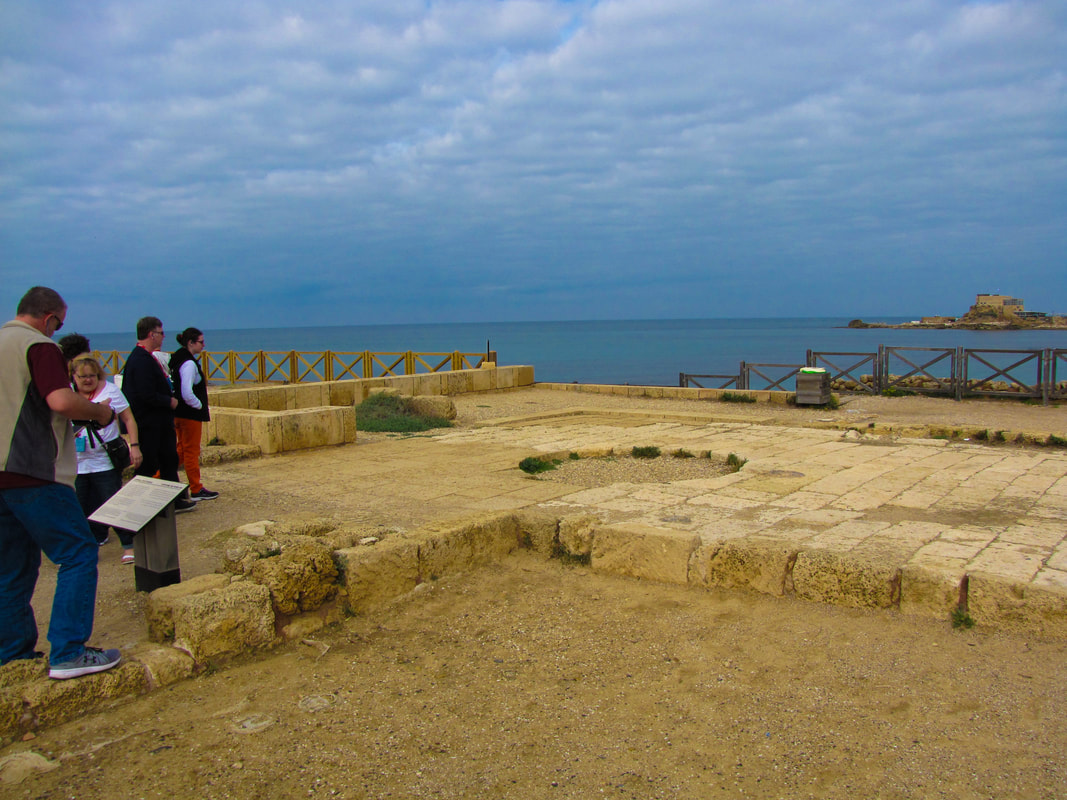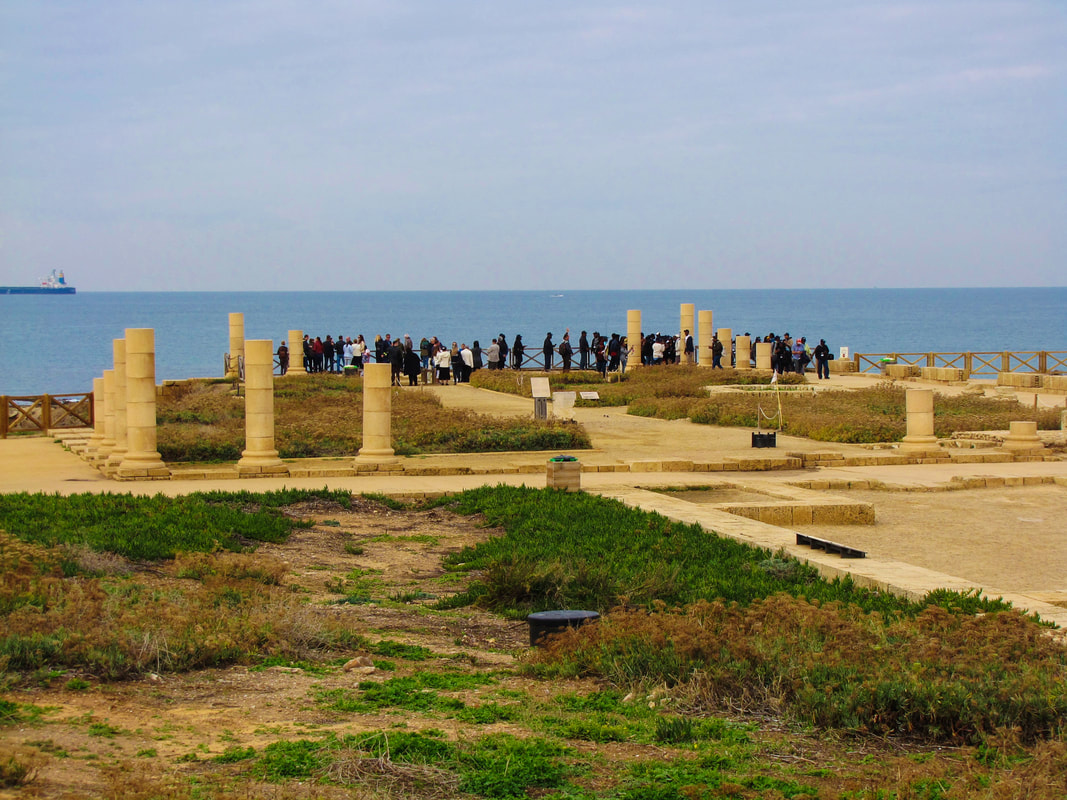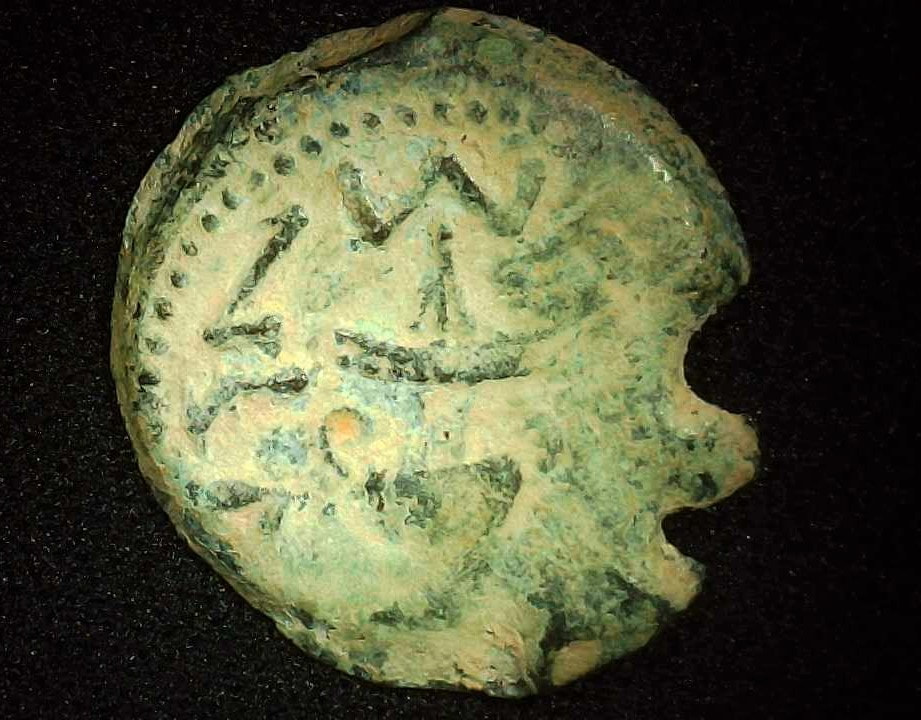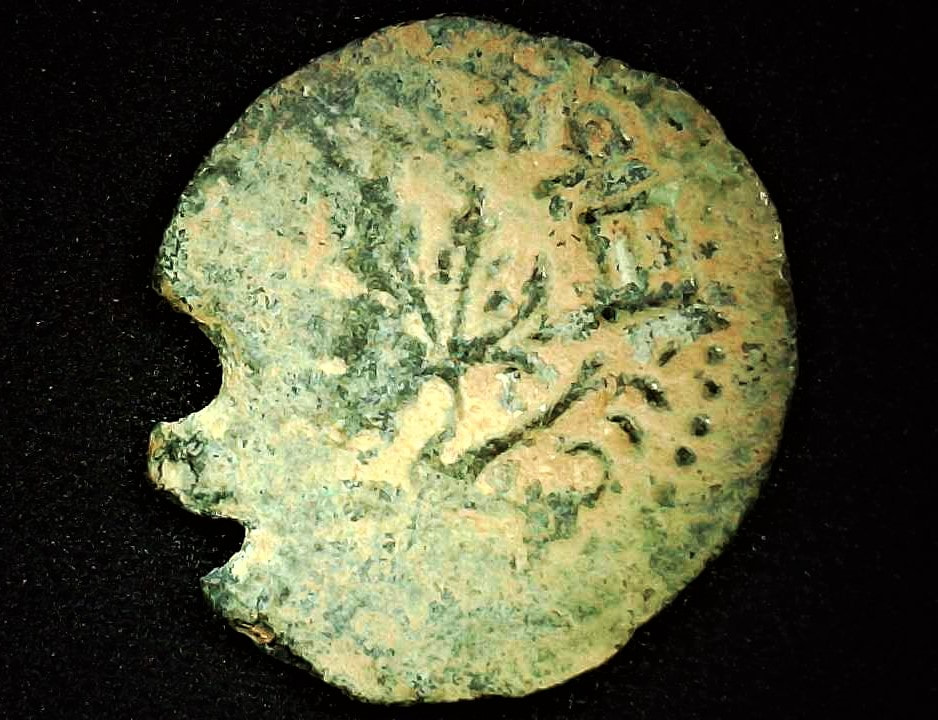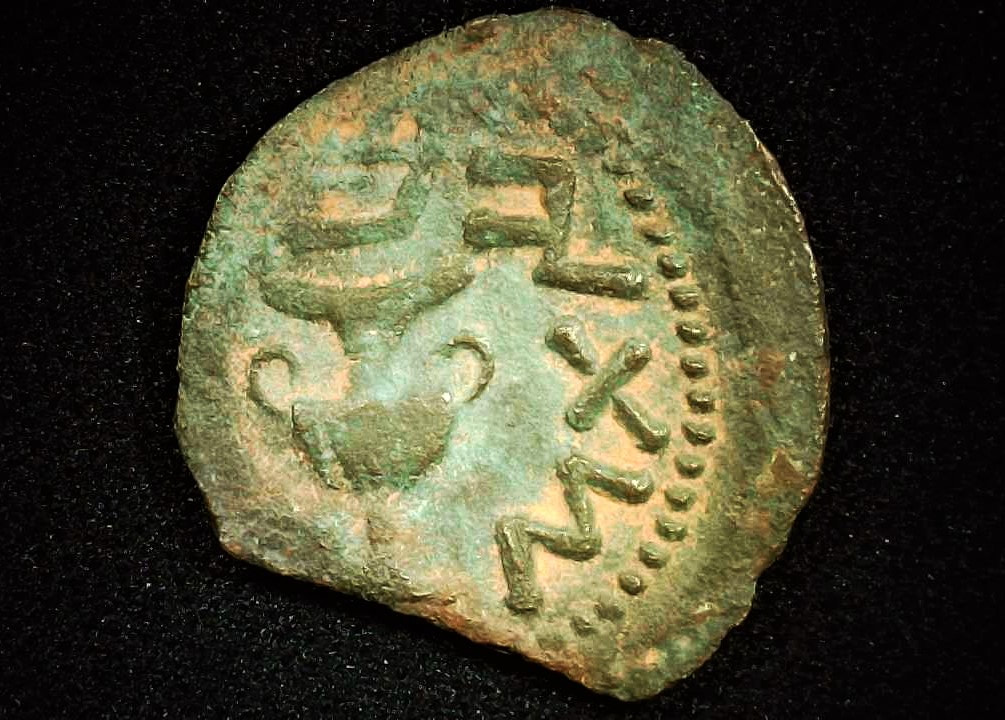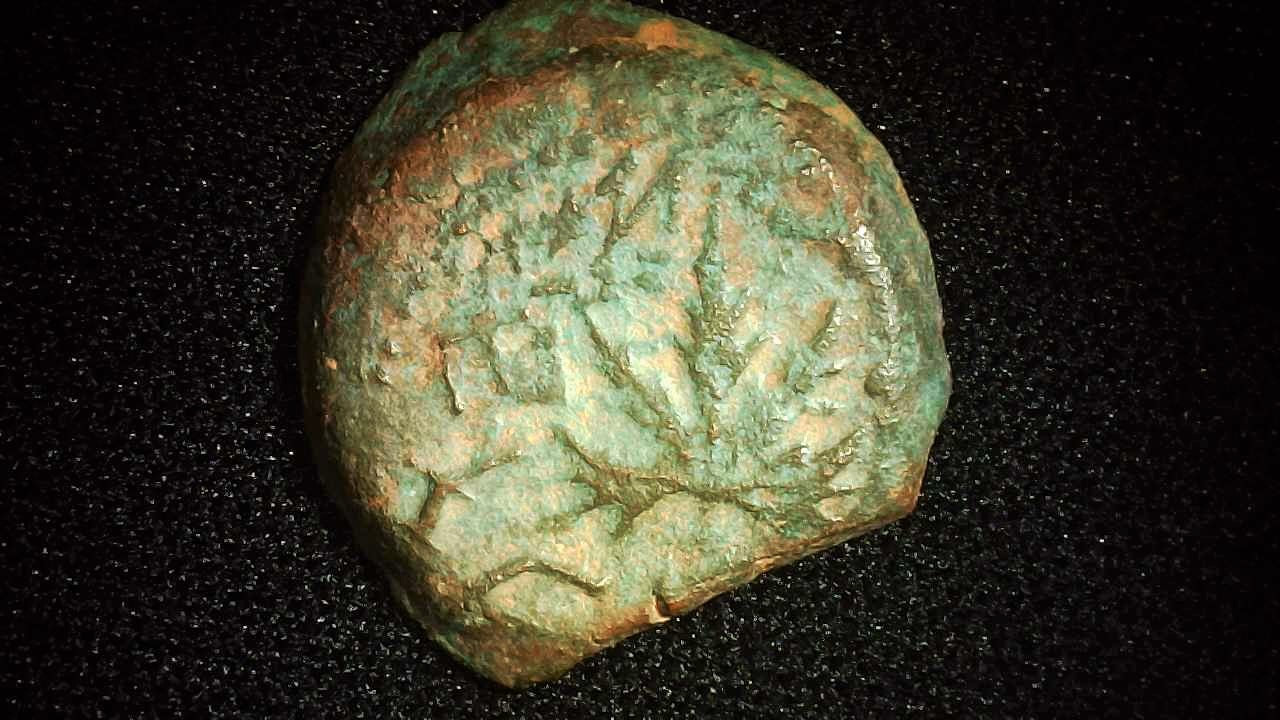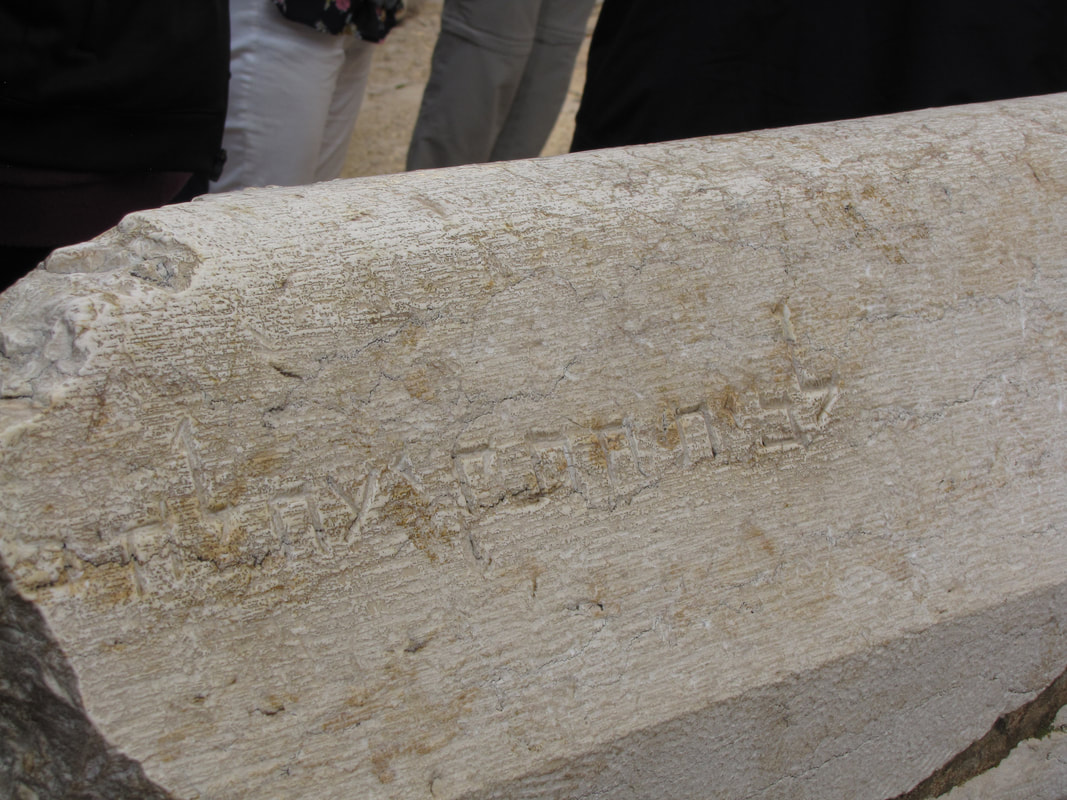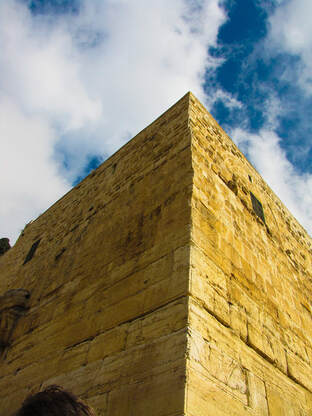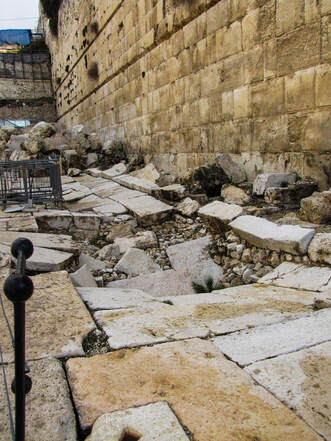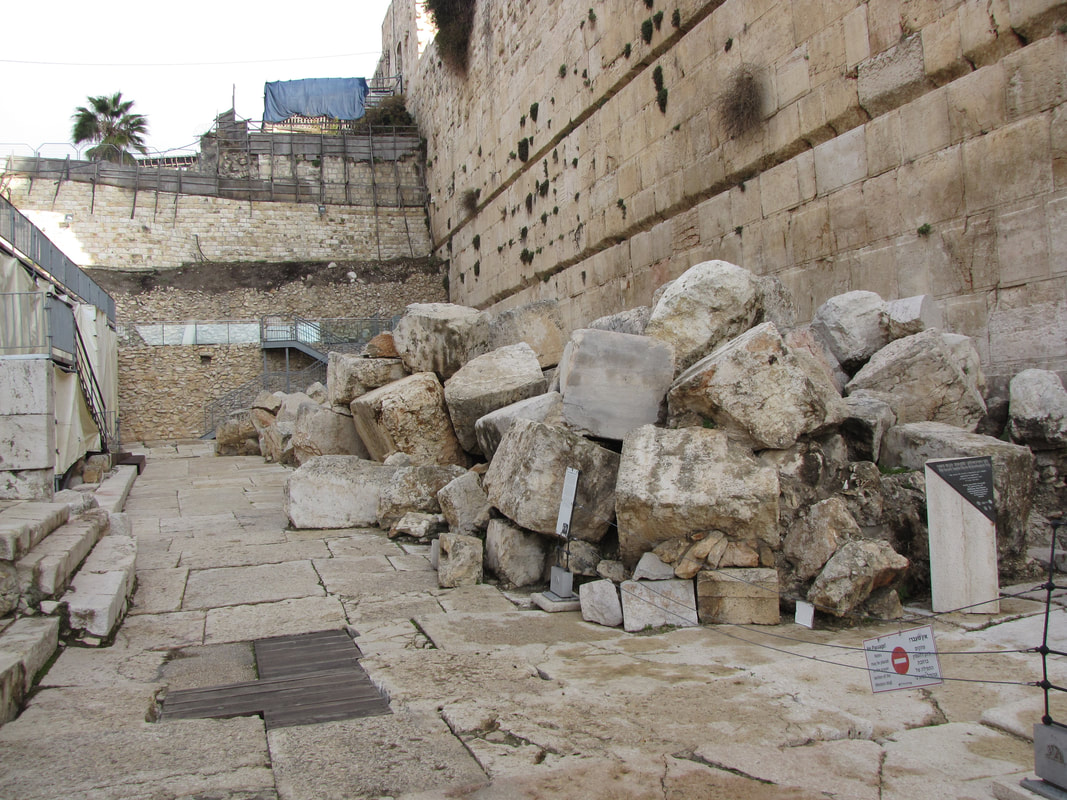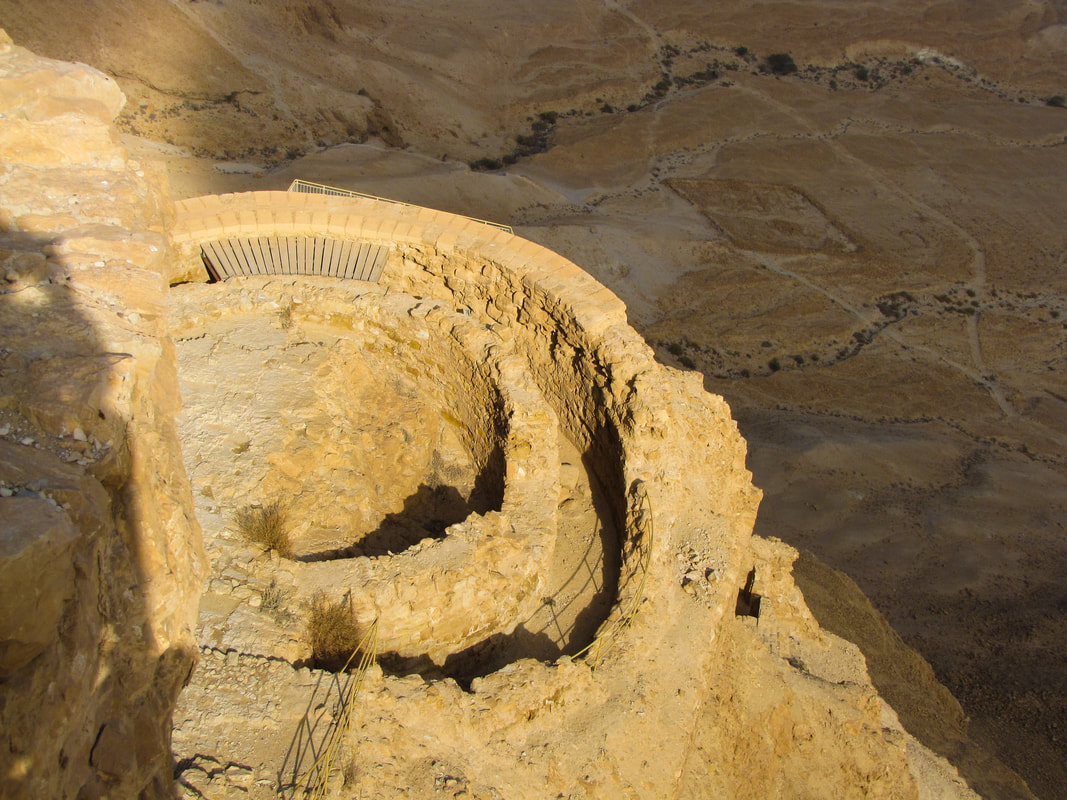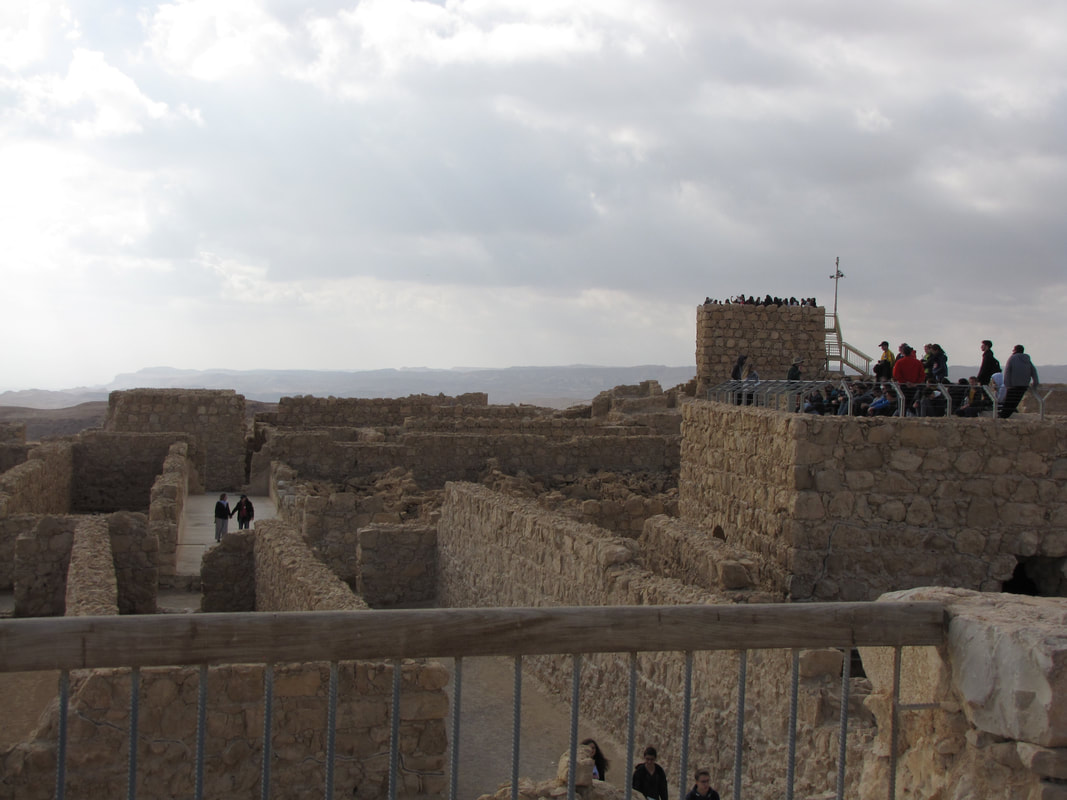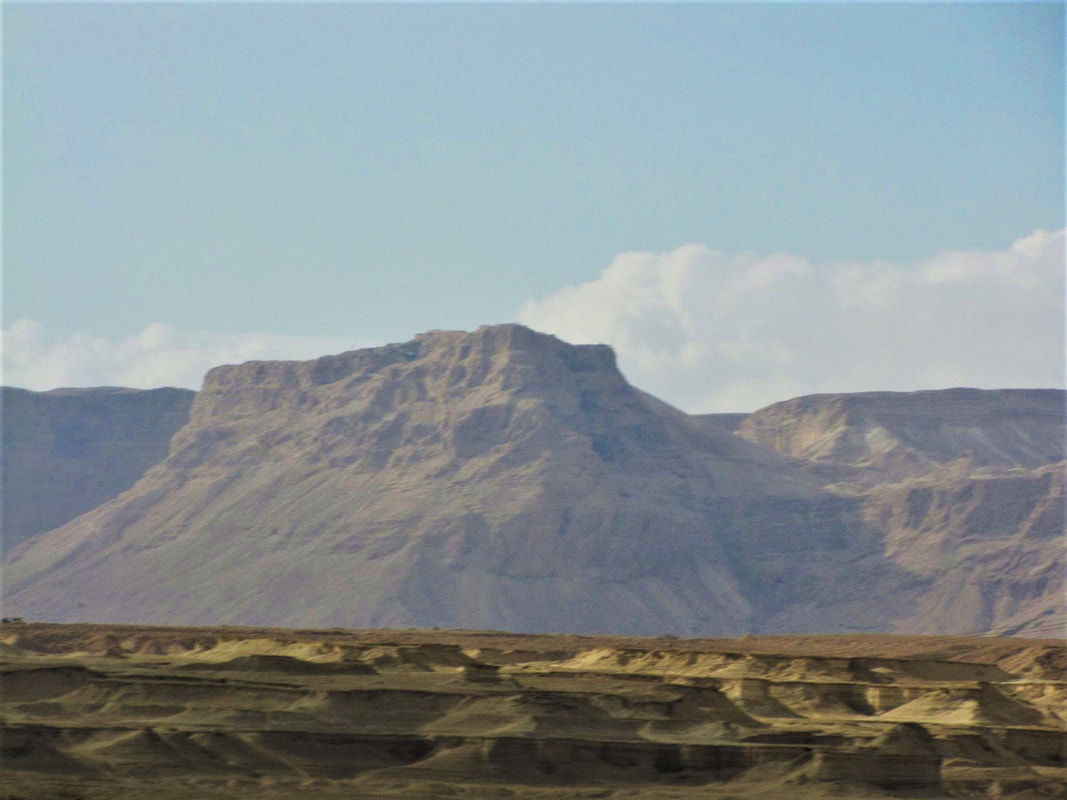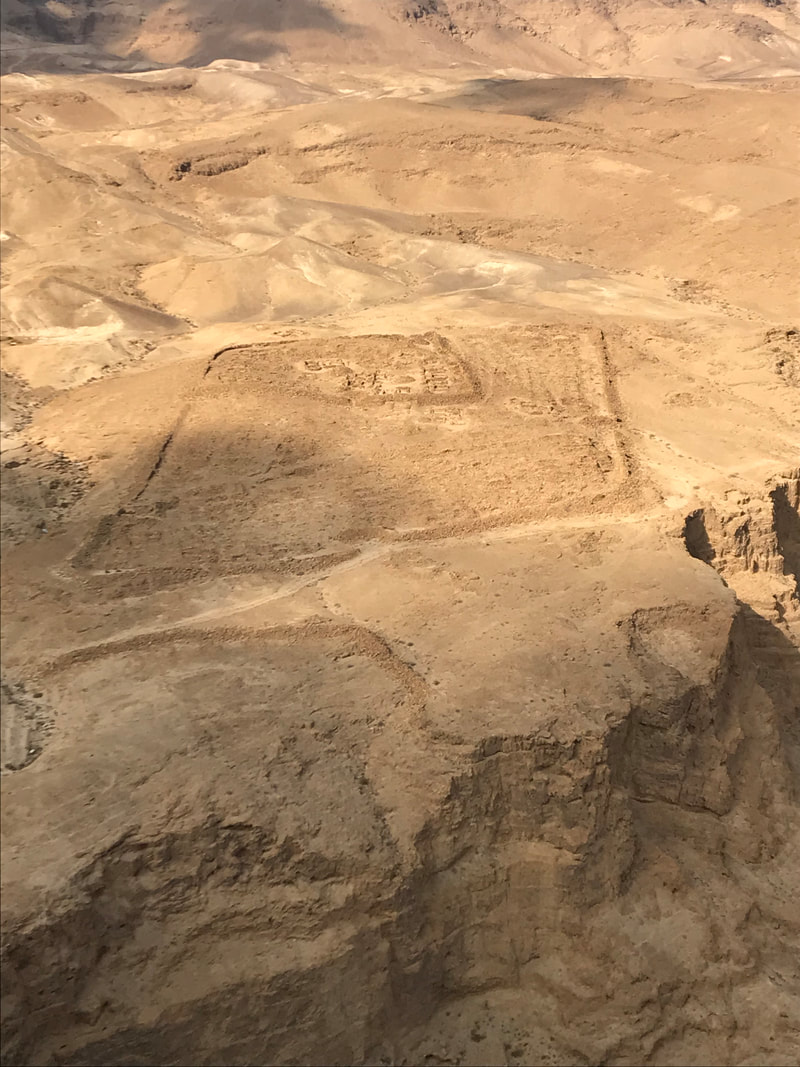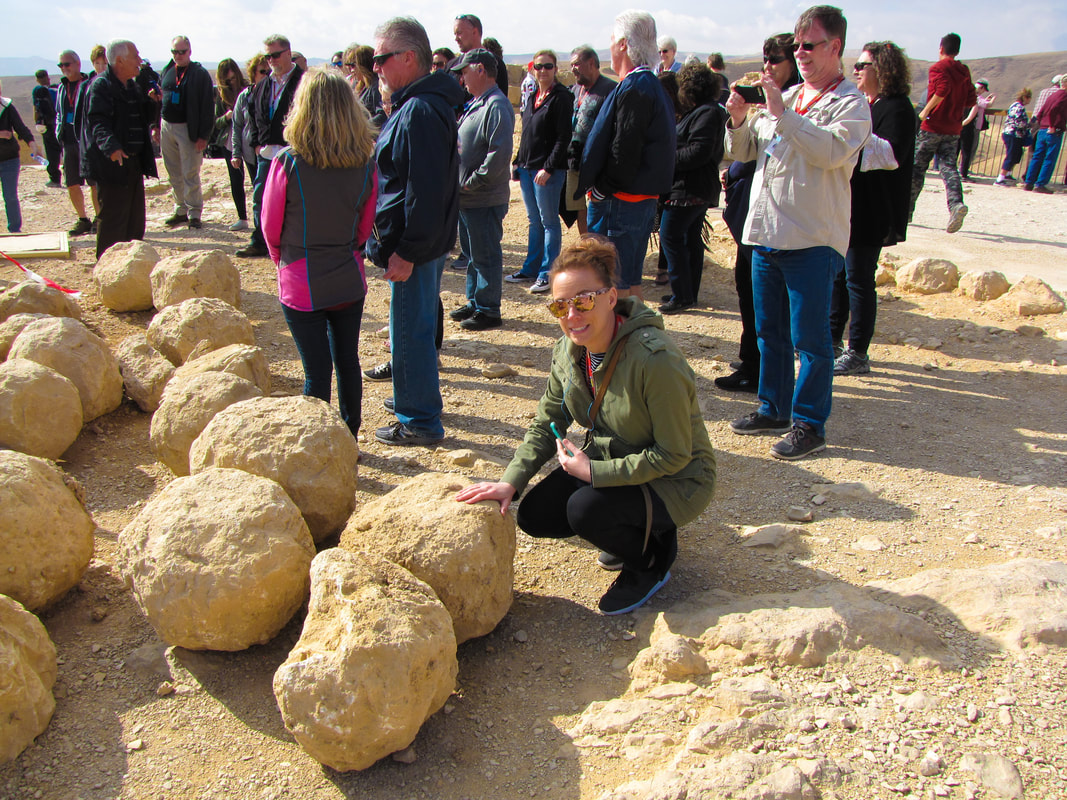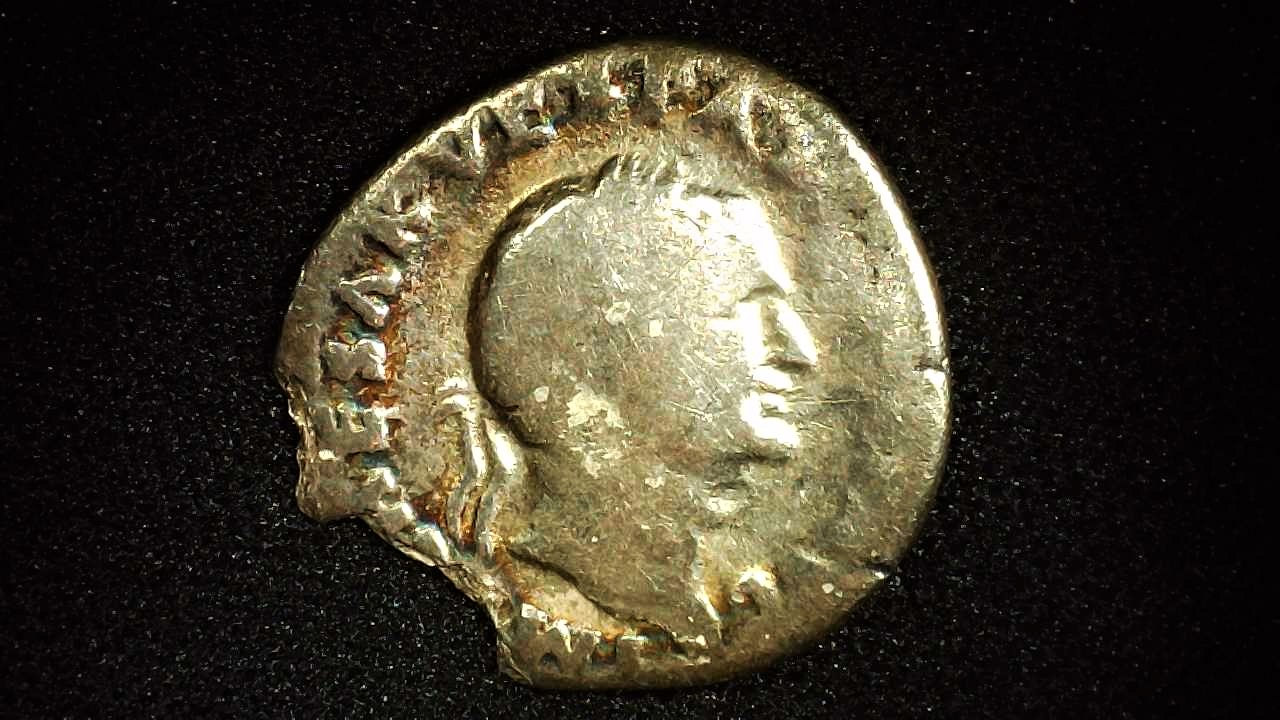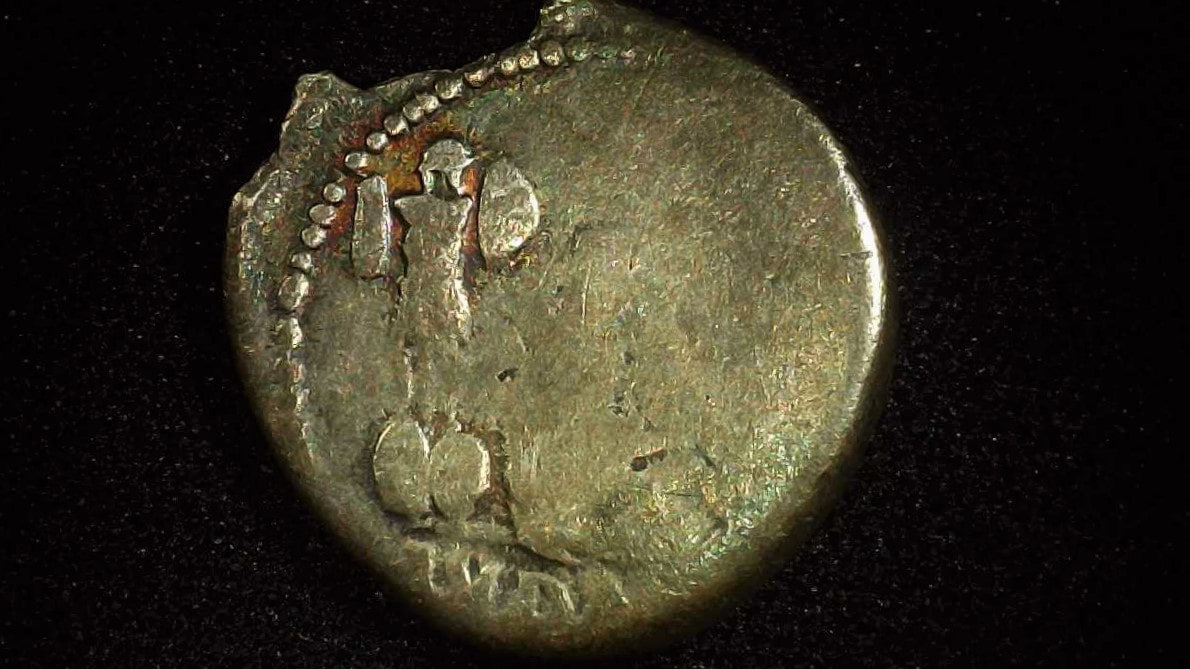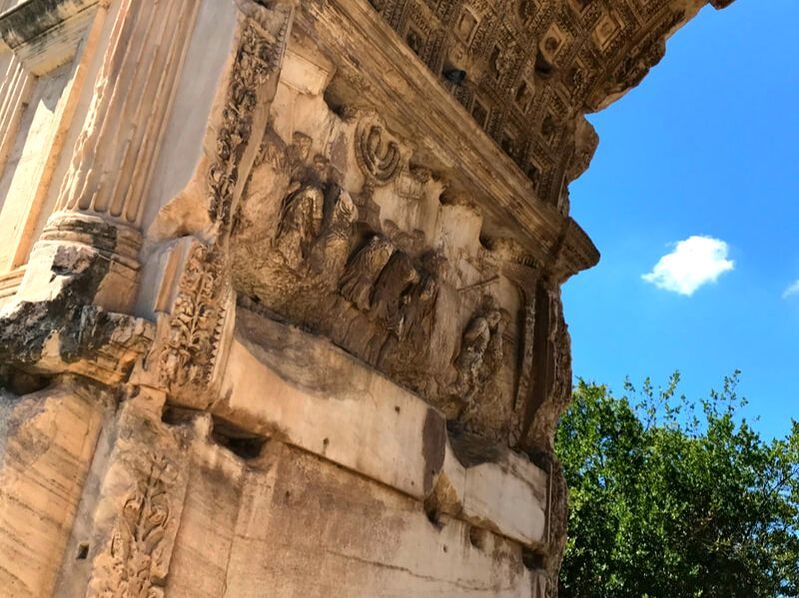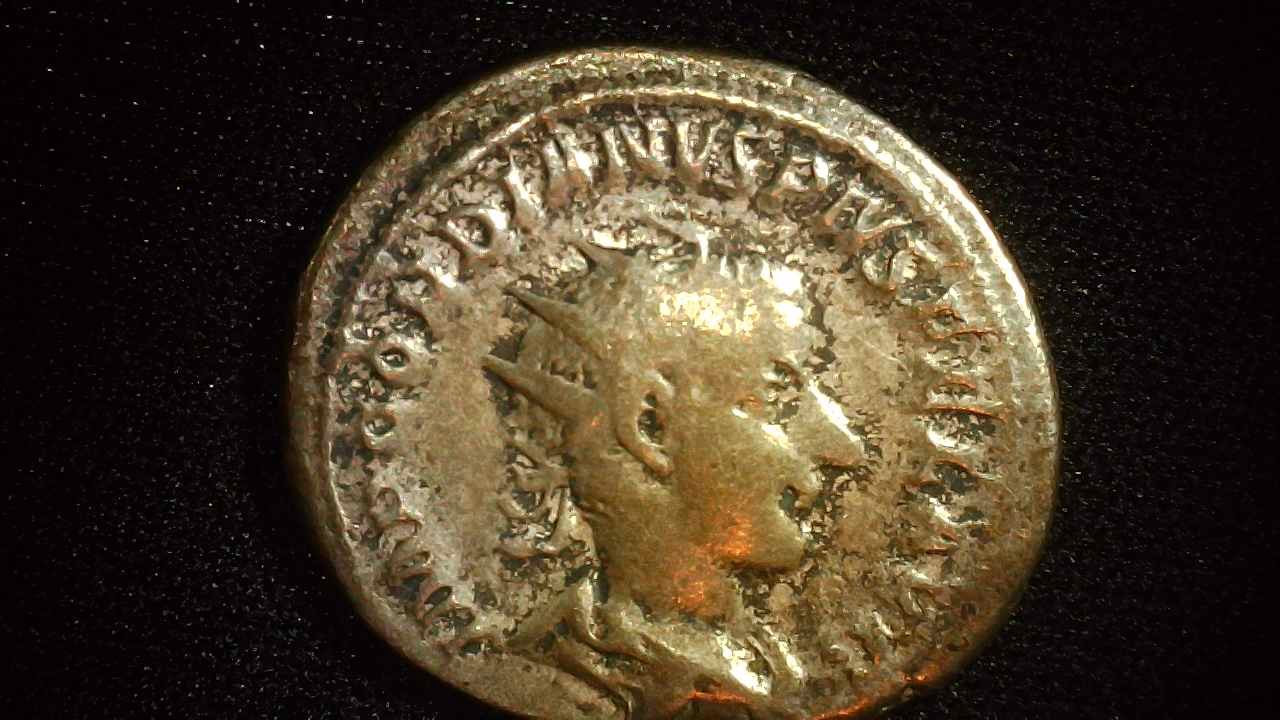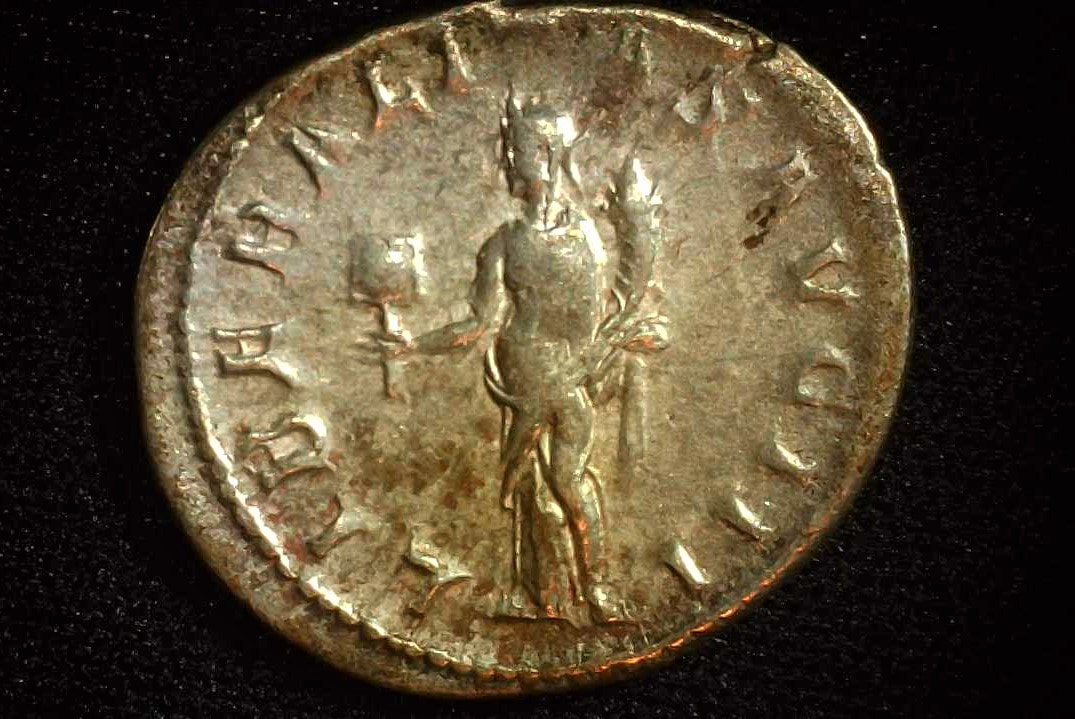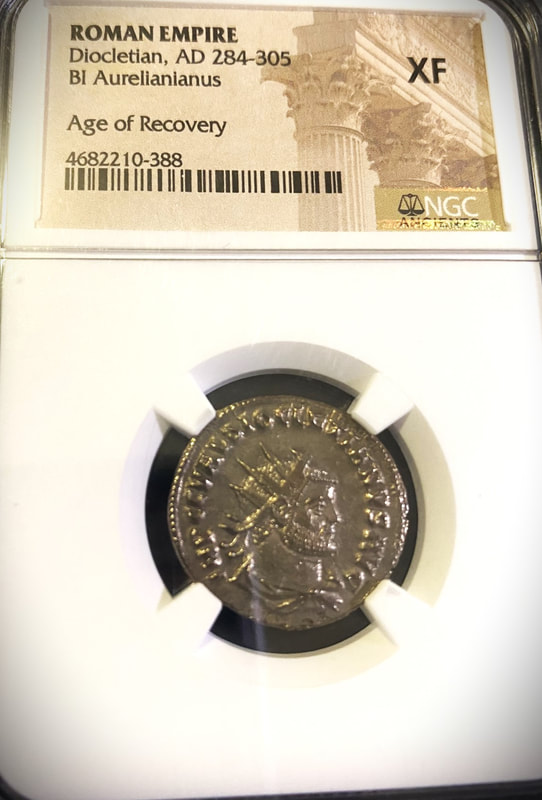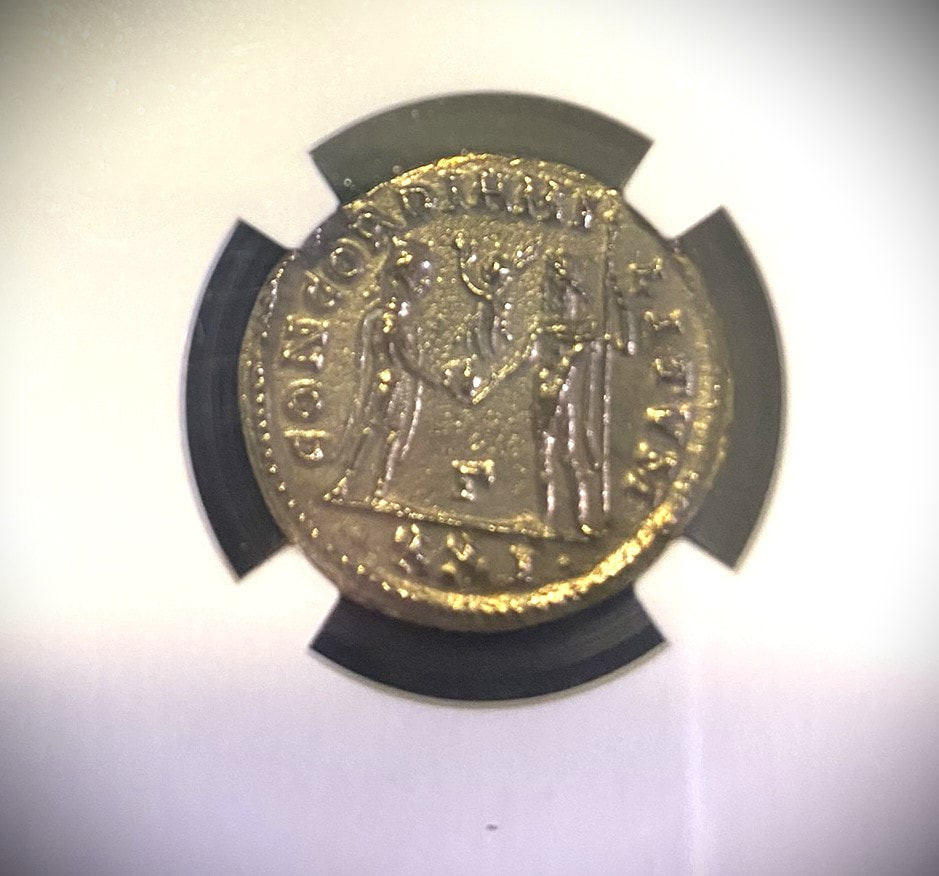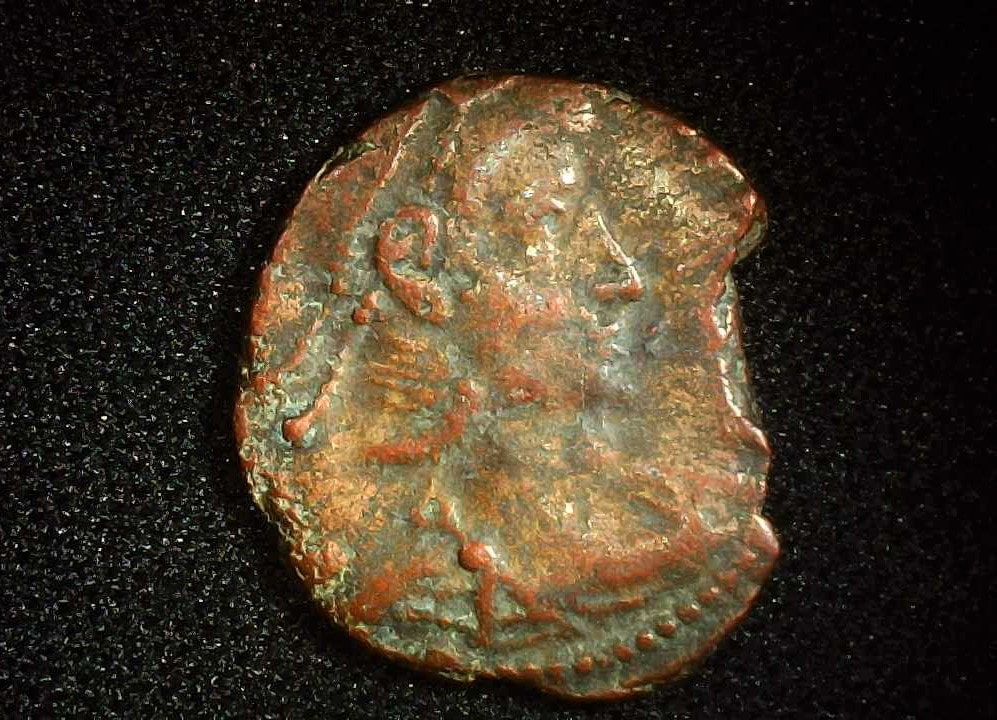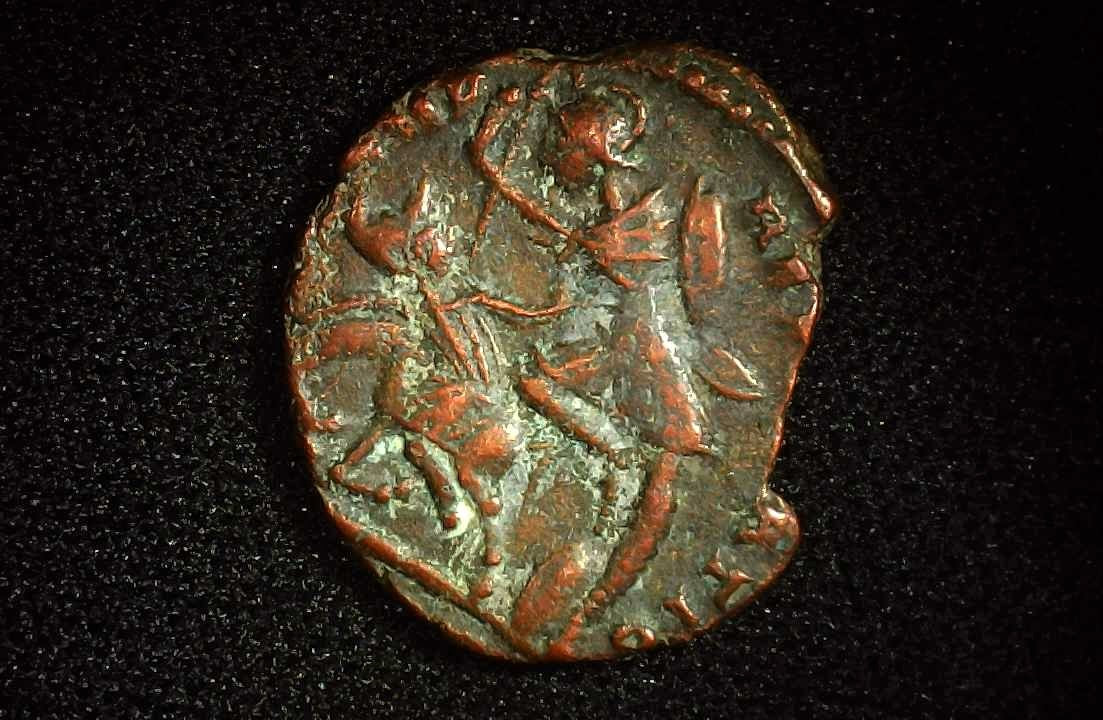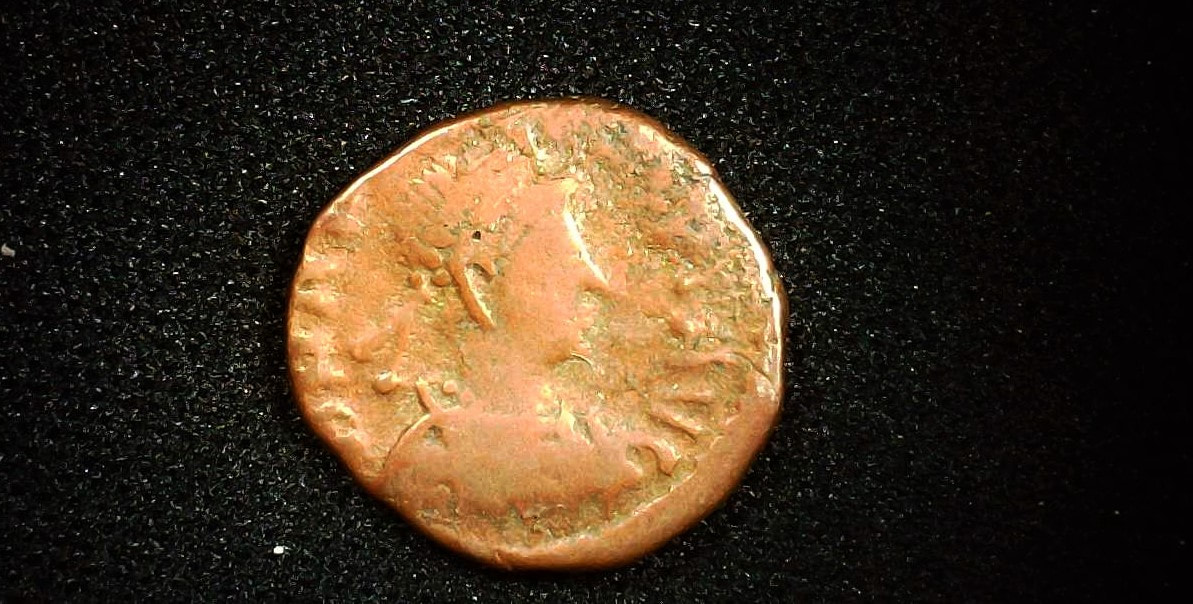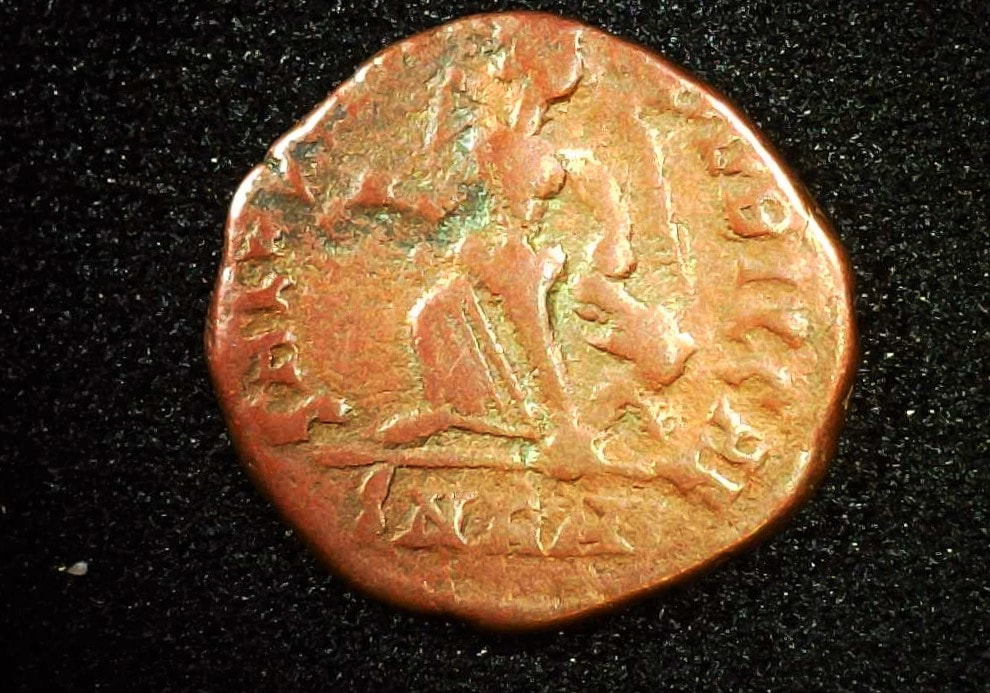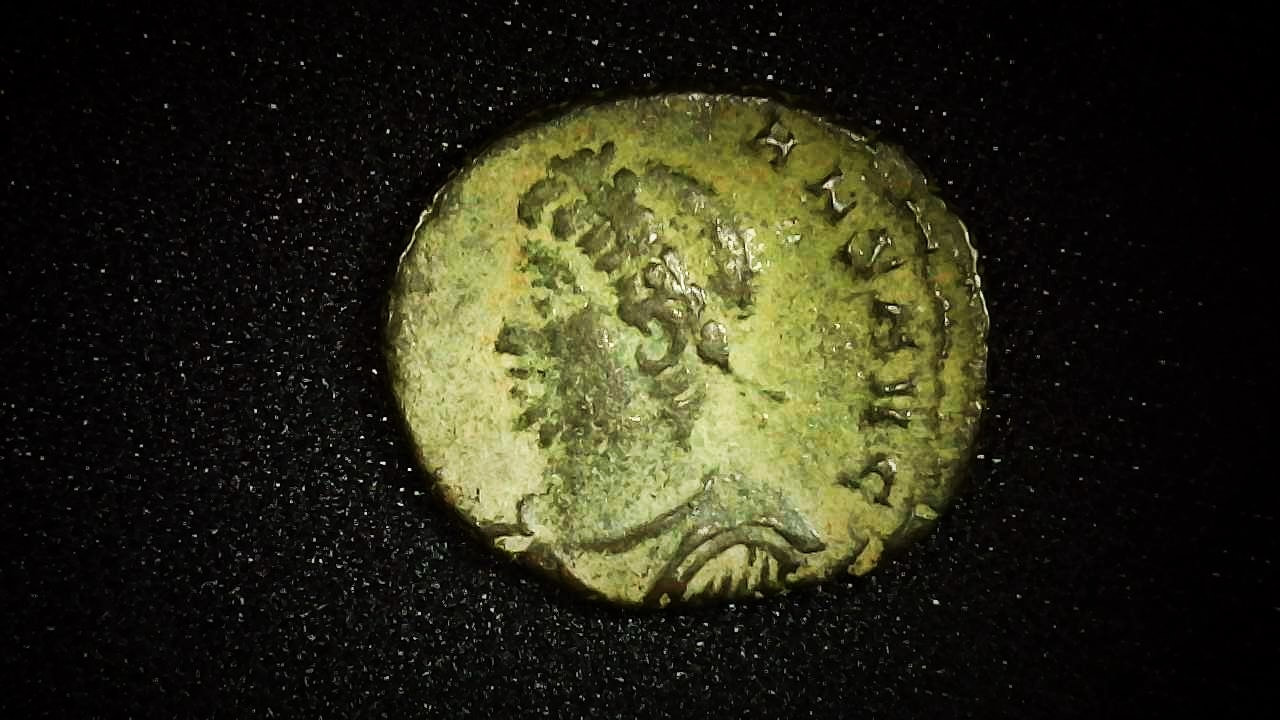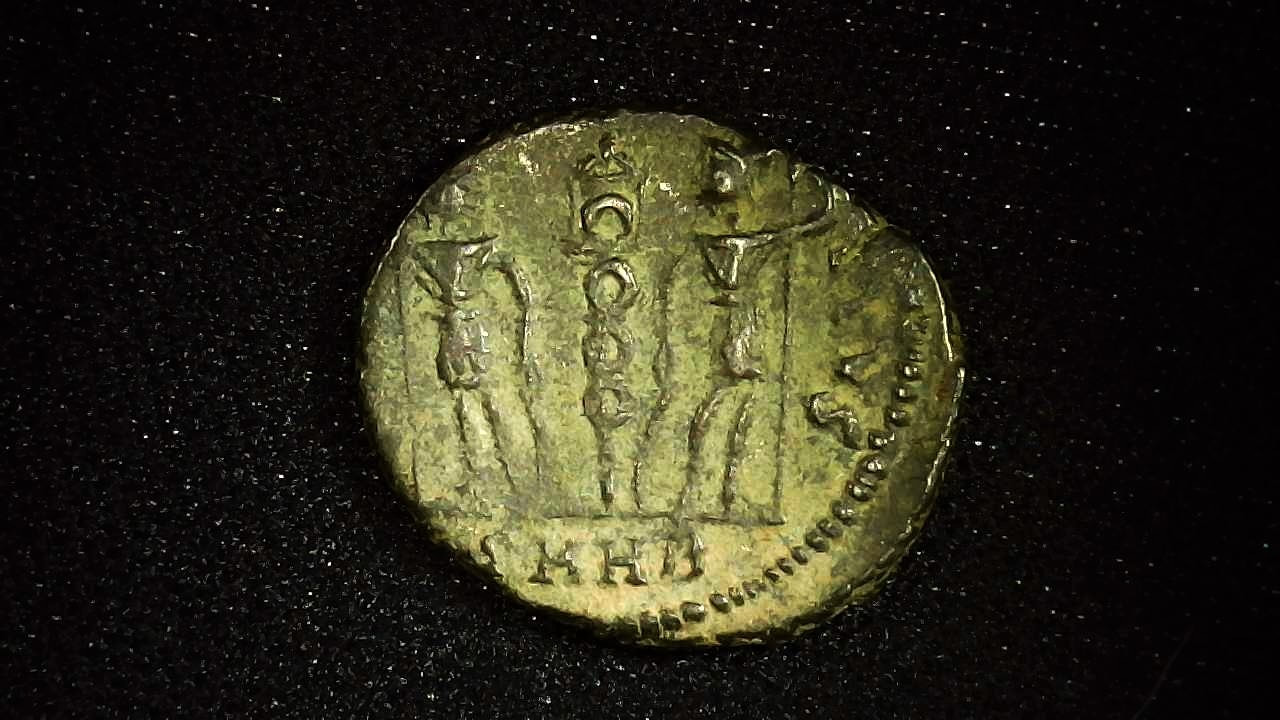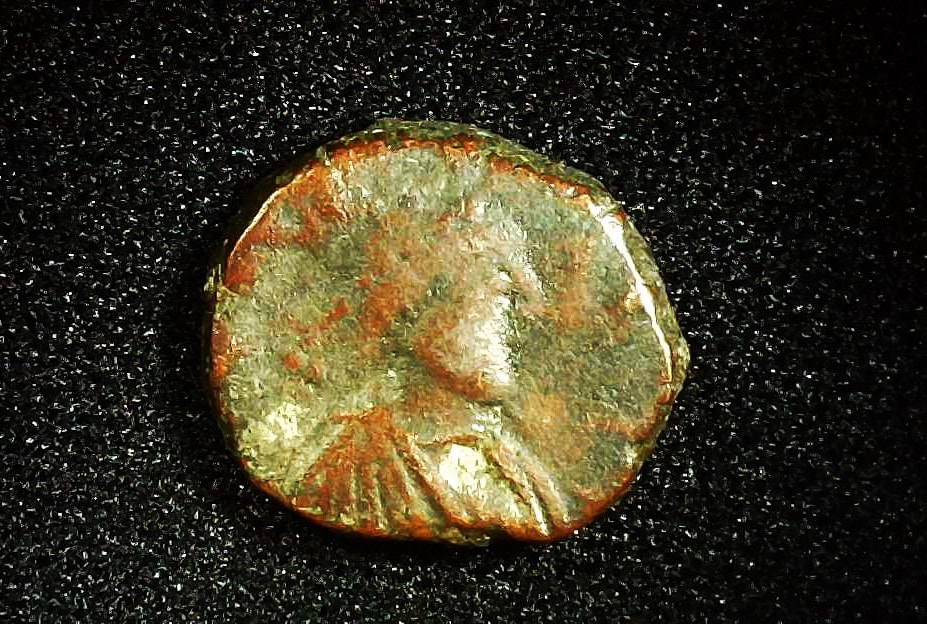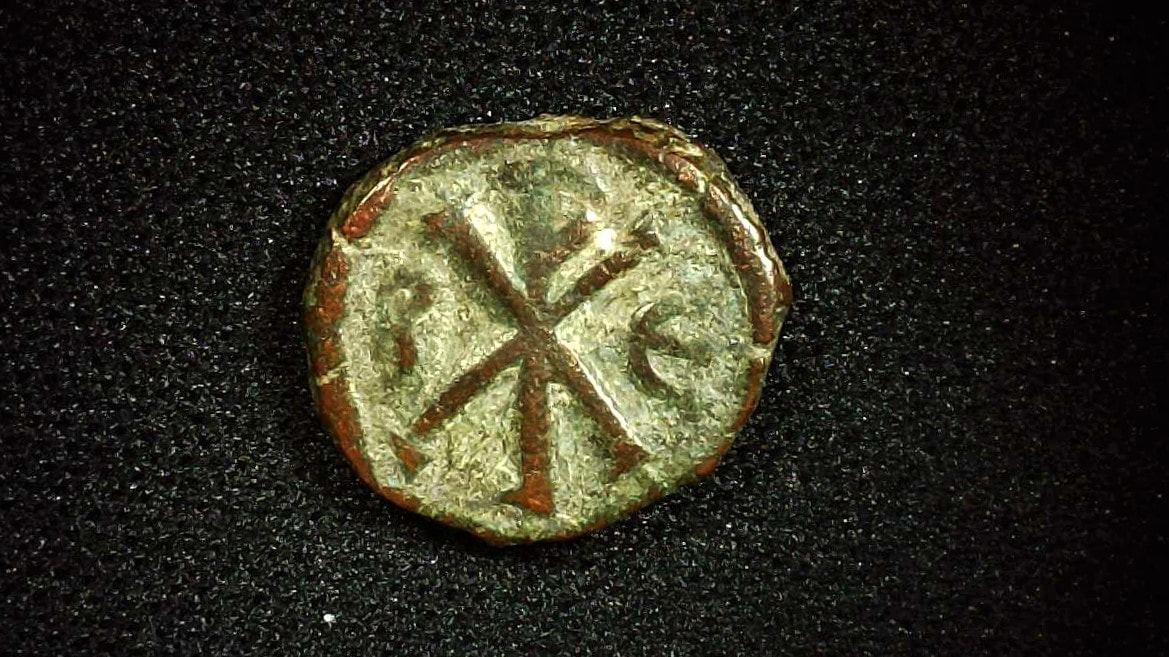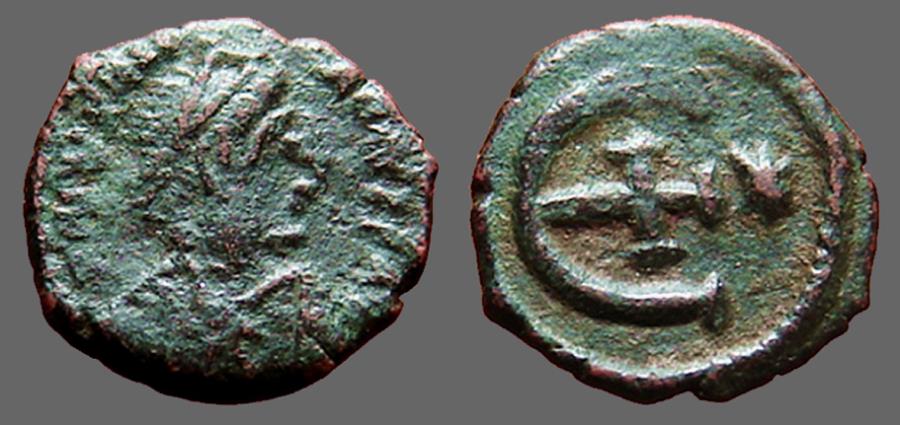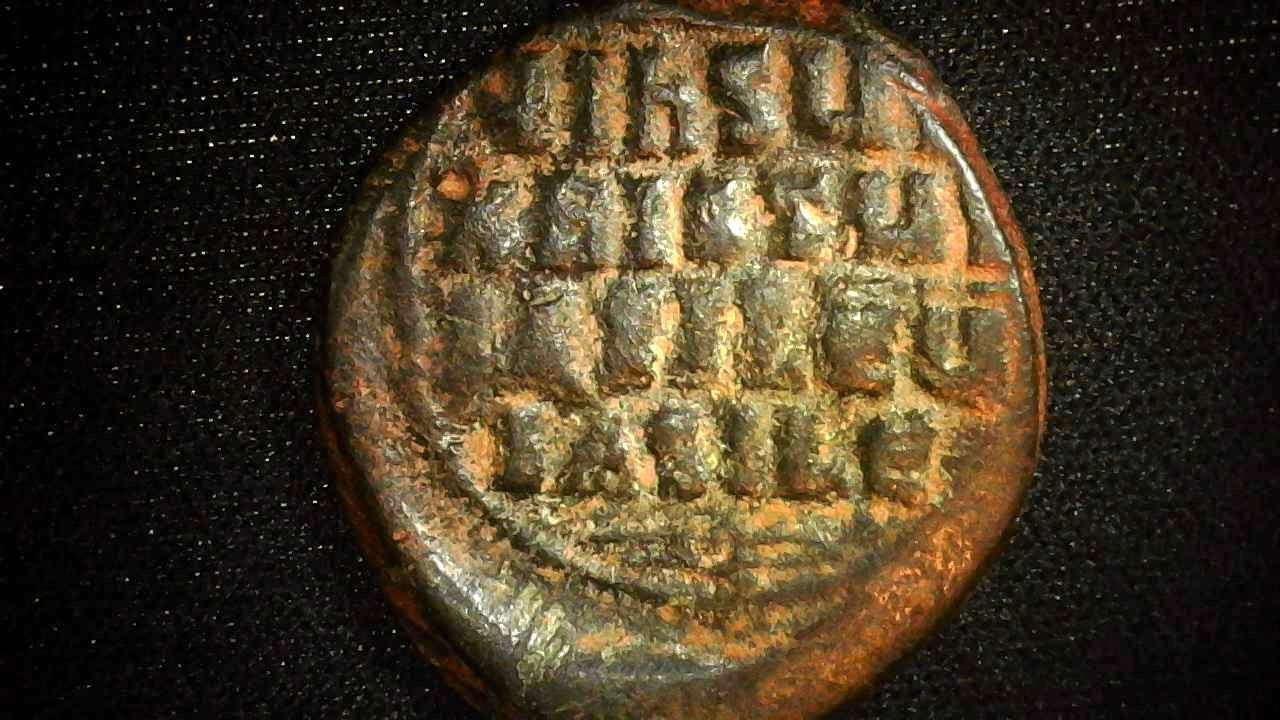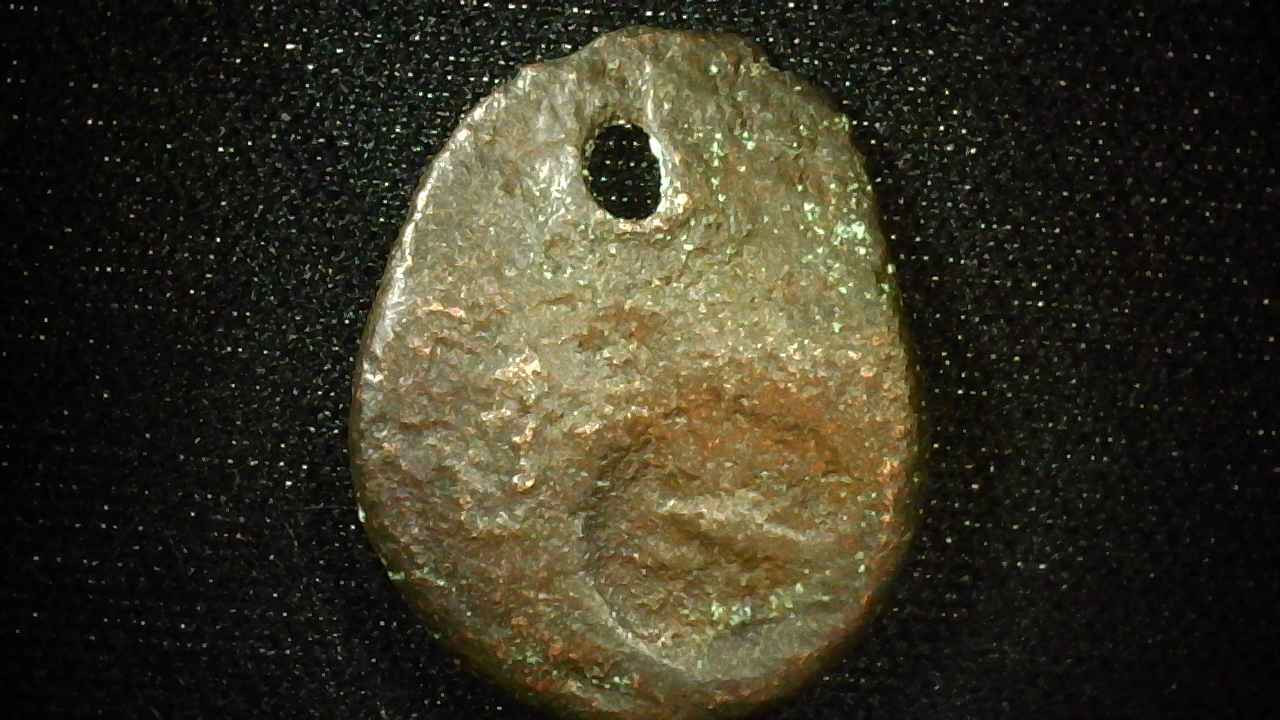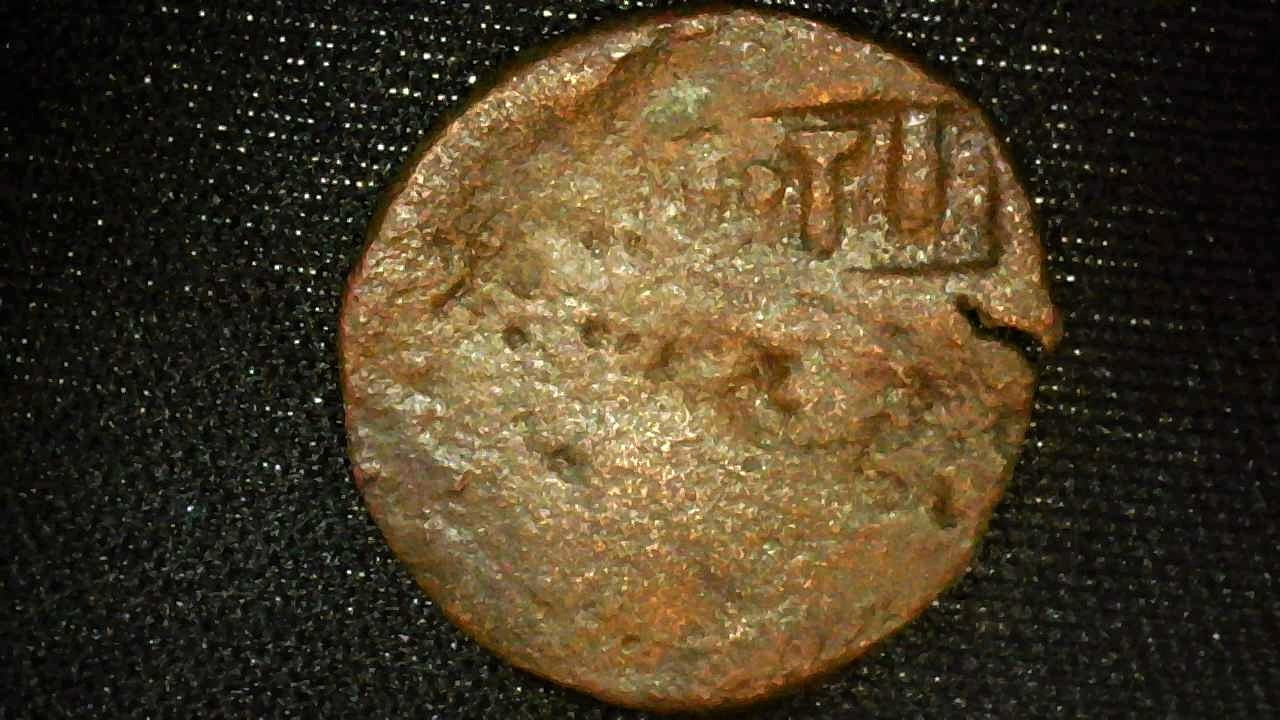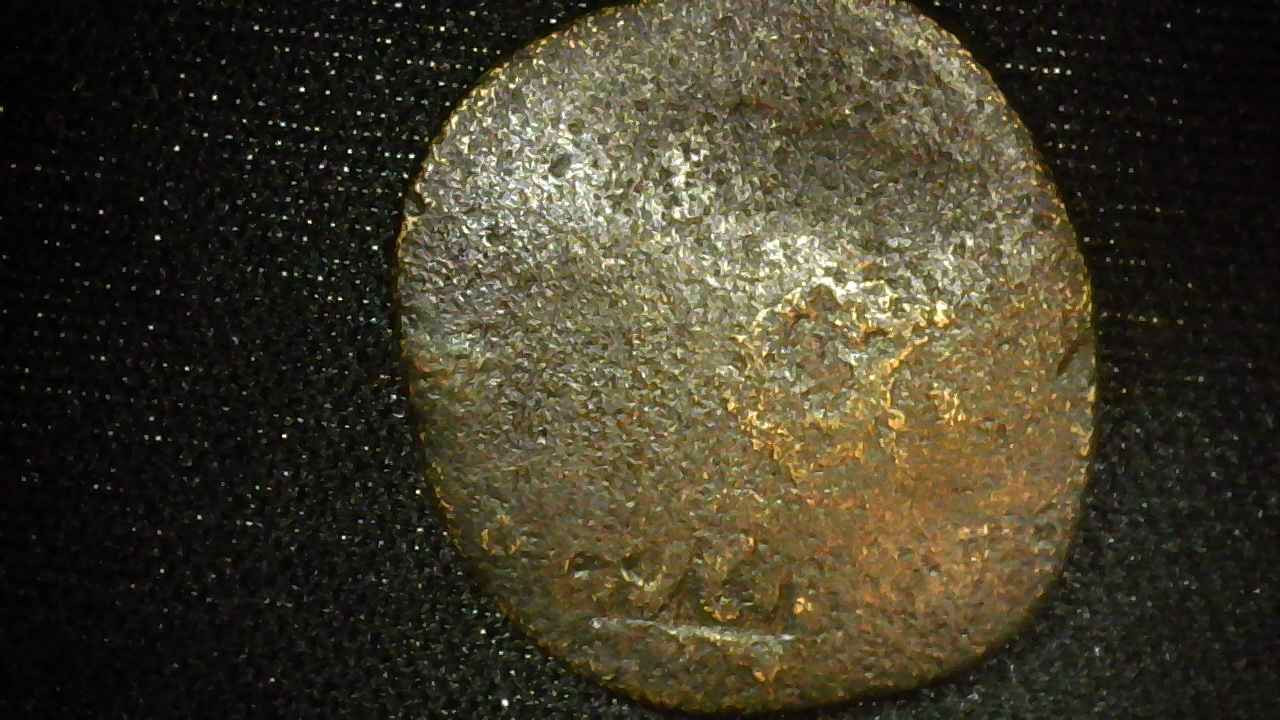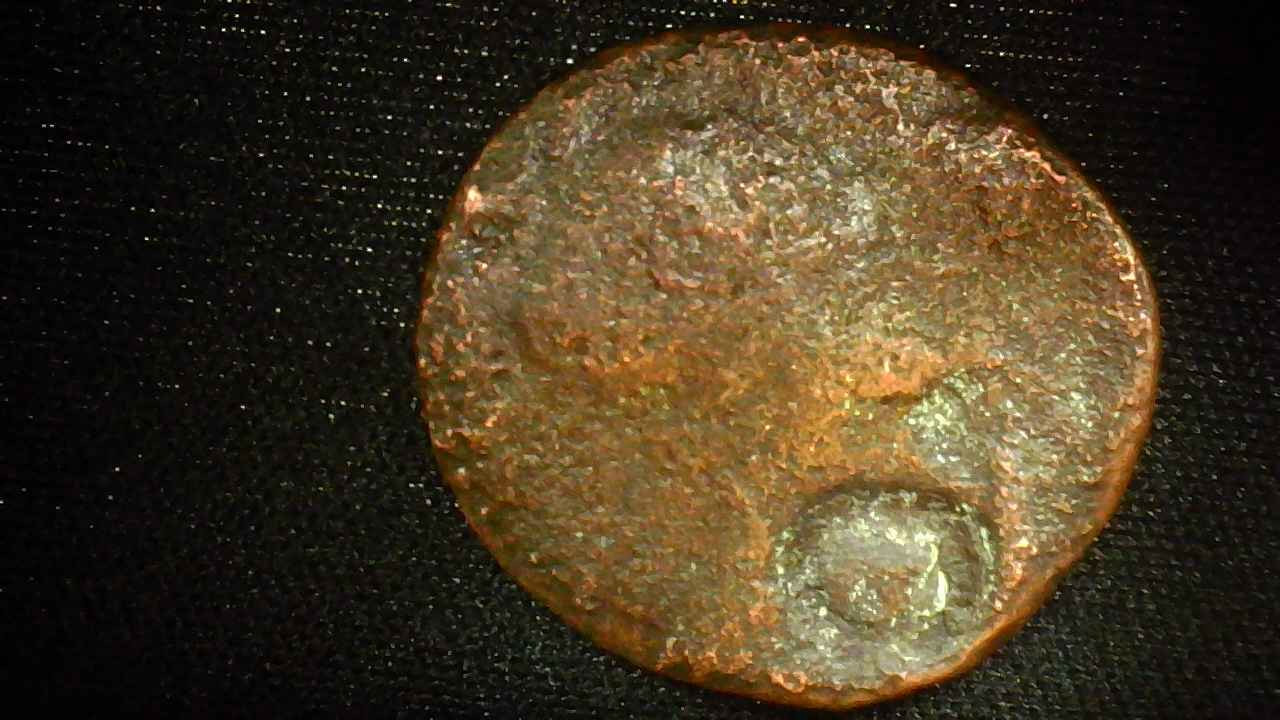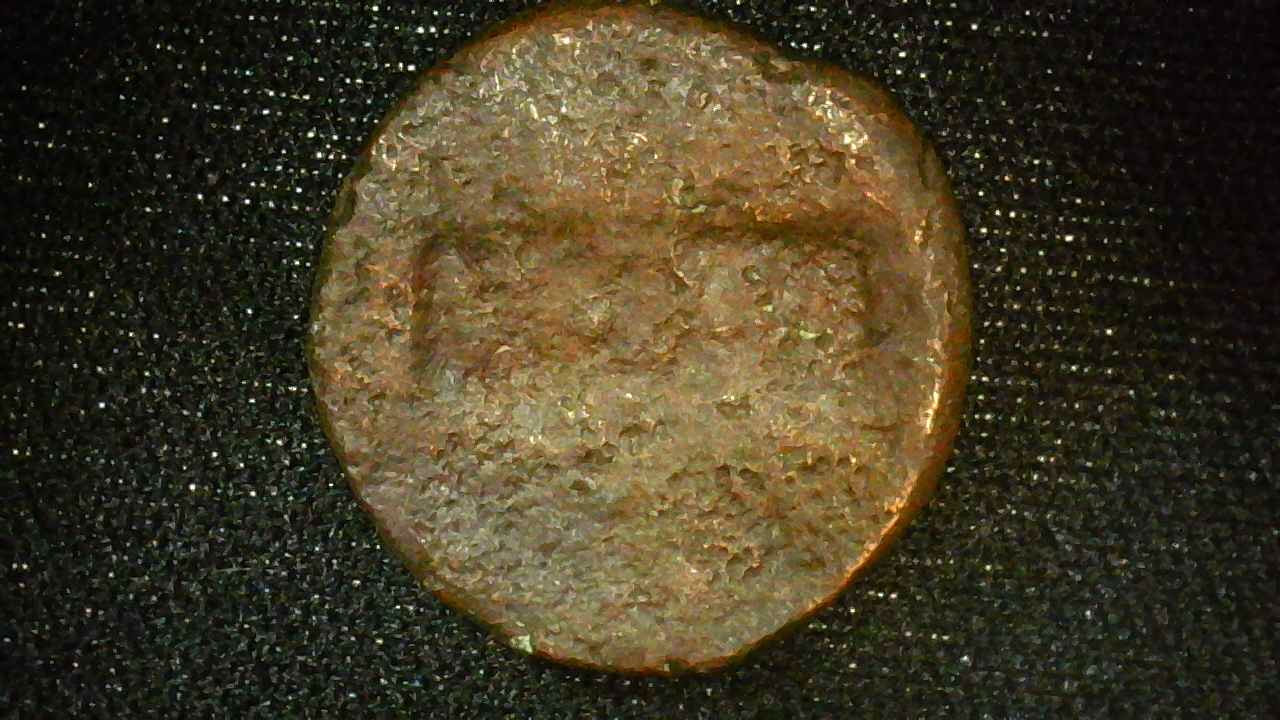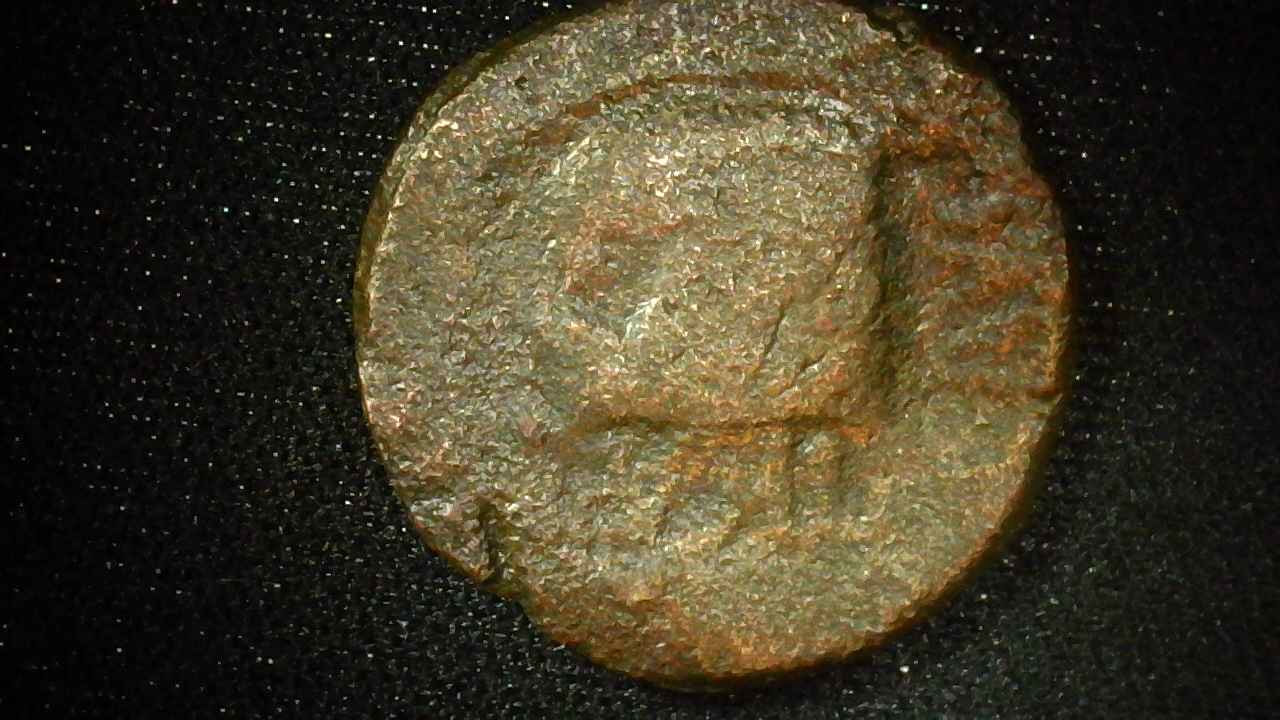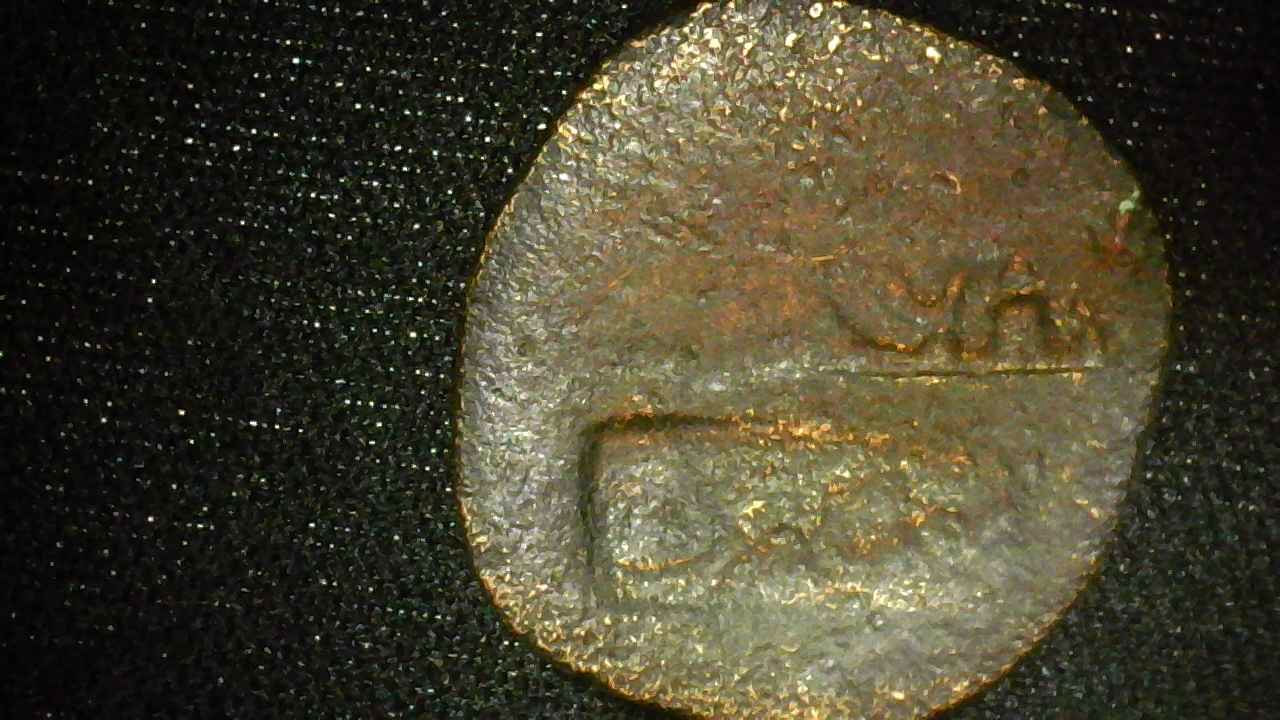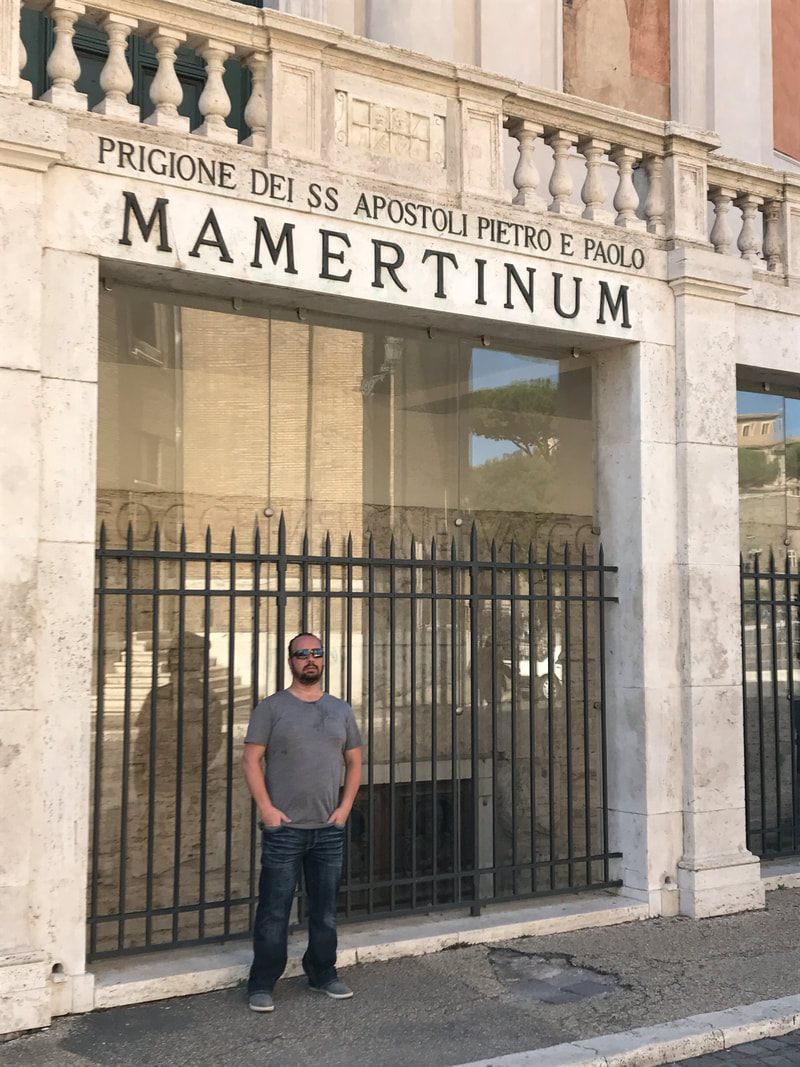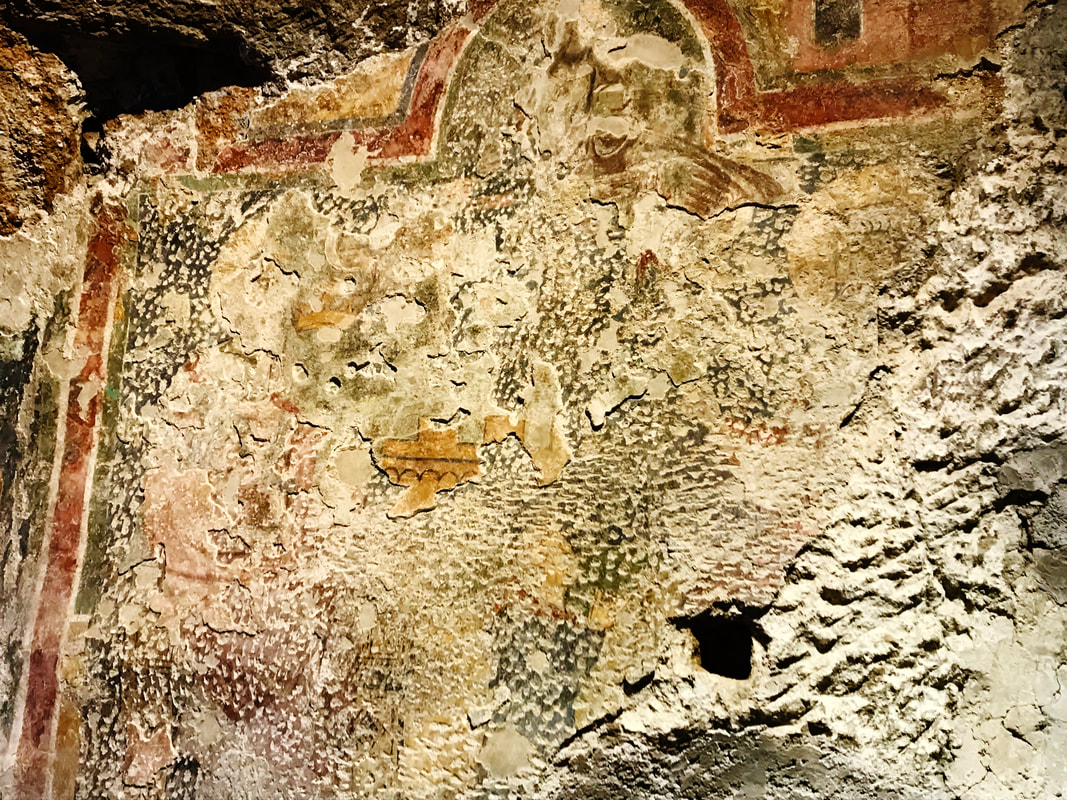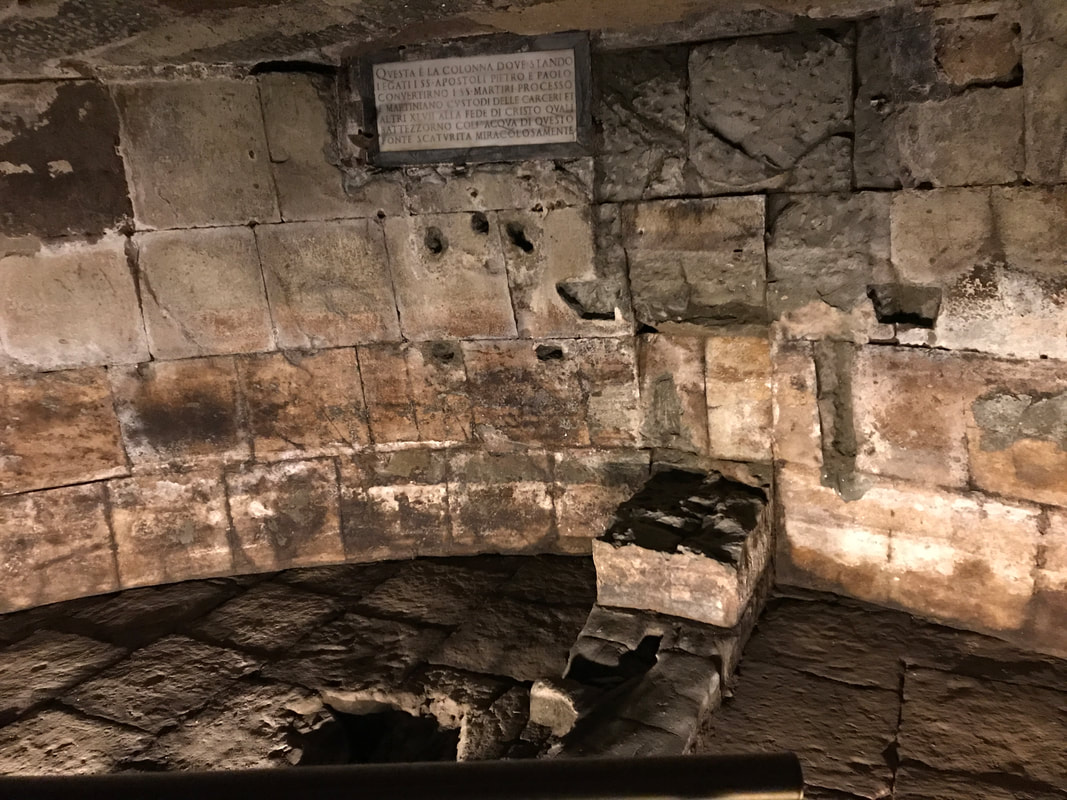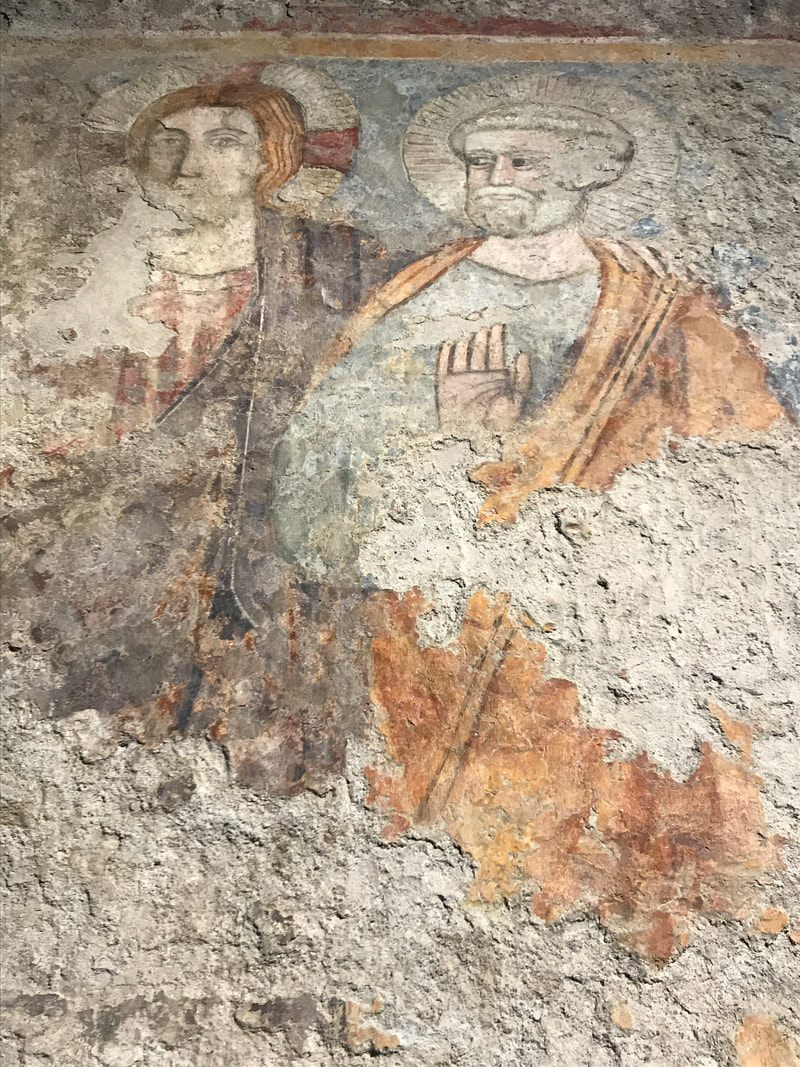Coins
|
Type: Coin of Xerxes I to Darius
Age: 485-420 BCE Era: Persian Culture: Persian Excavated: Unknown Purchased: Civitas Galleries Reference: Wacks, M. (2021) The Handbook of Biblical Numismatics: 45th Anniversary Edition The Persian King Ahasuerus (AKA Xerxes) has been long believed to be the king who put away Queen Vashti and replaced her with the Jewish Queen Hadassah (AKA Esther). This can be read in the book of Esther in the Bible, and discussed by the Jewish historian Josephus. According to the seller, this coin has two banker marks punched into the obverse side of the coin. |
|
Type: Alexander Jannaeus Prutah
Age: 135 BCE-37 CE Era: Hasmonian and Roman Culture: Hasmonian Excavated: Unknown Purchased: Reference: Wacks, M. (2021) The Handbook of Biblical Numismatics: 45th Anniversary Edition This coin has long been referred to as the Widows Mite. “Truly, I tell you, this poor widow has put in more than all of them. For they all contributed out of their abundance, but she out of her poverty put in all she had to live on.” Luke 21: 1-4 |
|
Type: Antiochus VII Sidetes Silver Tetradrachm (Tyrian Shekel)
Age: 130-129 BCE Era: Hellenistic/Selukid Culture: Selukid Purchased: Incitatus Coins Reference: Wacks, M. (2021) The Handbook of Biblical Numismatics: 45th Anniversary Edition This is the coin used for the Temple Tax during the second temple period. For Christians, this coin is considered blood money. The Tyrian shekel would have been used for the thirty pieces of silver given to Judas for his betrayal of Jesus. 14 Then one of the Twelve, the one called Judas Iscariot, went to the chief priests 15 and asked, “What are you willing to give me if I hand Him over to you?” And they set out for him thirty pieces of silver. Matthew 26:14-15. "However, so that we do not offend them, go to the sea and throw in a hook, and take the first fish that comes up; and when you open its mouth, you will find a shekel. Take that and give it to them for you and Me.” Matthew 17:27 NASB ANTIOCHOS VII EUERGETES SIDETES (Antiochus VII) AR silver tetradrachm. Tyre mint, dated Seleukid Era 183 (130-129 BC). Diademed and draped bust of Antiochus VII right. Reverse - ANTIOXOY ΒΑΣΙΛΕΩΣ, eagle standing left on ship's prow, holding palm branch under far wing, A/PE above club surmounted by TYP monogram to left, AΣY monogram above ΓΠP (date) to right, ΓΠP monogram between legs. SC 2109.11b. 28mm, 12.9g |
|
Type: Coin minted by Pontius Pilate
Age: 26-36 CE Era: Roman Culture: Roman Purchased: United Arab Emirates Reference: Wacks, M. (2021) The Handbook of Biblical Numismatics: 45th Anniversary Edition This is one of the most common coins minted by, and in circulation during the time of Pontius Pilate in Judea. Tiberius was the Roman Emperor who reigned from 14-37 CE during the times of Pontius Pilate and Jesus. Tiberius was the second Roman Emperor taking the reign from Augustus, adopted son of Julius Ceasar. The left register of the coin reads TIBEPIOY and the right register should read KAICAPOC, meaning Tiberius emperor). This coin typically has one of three dates marked on the back LIS=Year 29,LIZ=year 30, and LIH=year 31. The date on this coin is corroded For those interested, certain scientists believe that they found images of this coin placed over the eyes of the individual depicted on the Shroud of Turin. Check it out for yourself if you want. |
|
Type: Porcius Festus Coin
Age: 60-62 CE Era: Roman Culture: Roman Judea Purchased: Holy Land Ancient Coin Corp. Reference: Wacks, M. (2021) The Handbook of Biblical Numismatics: 45th Anniversary Edition Porcius Festus was the Judean Procurator that sent Paul to Nero in Rome. Three days after his arrival in the province, Festus went up from Caesarea to Jerusalem, 2where the chief priests and Jewish leaders presented their case against Paul. They urged Festus 3to grant them a concession against Paul by summoning him to Jerusalem, because they were preparing an ambush to kill him along the way. Acts 25:1-3 |
|
Type: Antonius Felix Coin
Age: 52-60 CE Era: Roman Culture: Roman Judea Purchased: Holy Land Ancient Coin Corp. Reference: Wacks, M. (2021) The Handbook of Biblical Numismatics: 45th Anniversary Edition Antonius Felix was the Judean Procurator that imprisoned Paul in Caesarea Marittima. When Paul had been called in, Tertullus opened the prosecution: “Because of you, we have enjoyed a lasting peace, and your foresight has brought improvements to this nation. 3In every way and everywhere, most excellent Felix, we acknowledge this with all gratitude. 4But in order not to burden you any further, I beg your indulgence to hear us briefly. Acts 24:2-4 |
Did you know?
Did you know that archaeologists have located the palace and prison/courthouse area that Paul would have been held while in Caesarea Marittima? Check out the pictures below.
|
Type: First Jewish Revolt Prutah Year Two
Age: 66-70 CE Era: Roman Culture: Judea Purchased: Beit She'an, Israel Reference: Wacks, M. (2021) The Handbook of Biblical Numismatics: 45th Anniversary Edition We read about various revolts in the New Testament. These references reflect or were the precursor to this Jewish Revolt that started in 66 CE. Vespasian and later his son Titus started to put down the Jewish revolt, leading to the destruction of Jerusalem in 70 CE and ended after the Siege of Masada. And as Paul was about to be brought into the castle, he saith unto the chief captain, May I say something unto thee? And he said, Dost thou know Greek? 38 Art thou not then the Egyptian, who before these days stirred up to sedition and led out into the wilderness the four thousand men of the Assassins? Acts 21:37-38 ASV Jesus also predicted the destruction of the Temple. Then Jesus went out and departed from the temple, and His disciples came up to show Him the buildings of the temple. 2 And Jesus said to them, “Do you not see all these things? Assuredly, I say to you, not one stone shall be left here upon another, that shall not be thrown down. Matthew 24:1-2 |
Jerusalem
|
Stone that was thrown down from the Pinnacle of the Temple. It reads Place of Trumpeting and it was where the High Priest would have blown the Shofar.
(This is a replica. The actual stone is in the Israeli Museum). The Pinnacle of the Temple where the shofar would have been blown. Josephus and Eusebius tell us that this is where James, the brother of Jesus was thrown from when he wouldn't denounce Jesus as Messiah.
|
Stones thrown down from the Temple Mount by the Roman 10th Legion during the first
Jewish Revolt (70 CE). |
Masada
|
Looking down onto the lower tier of Herod's Palace.
The Roman Siege Ramp.
Storerooms of Masada.
|
Masada from a distance.
General Silva took over for Titus when Titus needed to return to Rome. This is what remains of General Silva's camp at the base of Masada.
My beautiful wife with the ballista; stones that the Jews would roll down the hill in hopes of stopping the Romans.
|
|
Type: Caesar Vespasian Judea Capta Denarius (Rome Mint)
Age: 69-70 CE Era: Roman Culture: Roman Purchased: Incitatus Coins Reference: Wacks, M. (2021) The Handbook of Biblical Numismatics: 45th Anniversary Edition This coin was minted to commemorate the Roman's ability to put down the First Jewish Revolt; hence the name Judea Capta which is printed on the coins. One can see the letters IVDA on the reverse side of this coin. This refers to Judea. Vespasian AR Denarius. Rome Mint 69-70 AD. "Judaea Capta" issue. Obverse: IMP CAESAR VESPASIANVS AVG, laureate head right. Reverse: Judaea seated right, in attitude of mourning, to right of trophy, resting head on left hand, IVDAEA in exergue. This is the famous denarius commemorating the re-captivity of the Judean province!
|
The Arch of Titus in Rome commemorates Rome's victory over the Jewish revolt. Note the image of the Menorah and Table of Show Bread from the Jerusalem Temple.
|
Type: Silver Antoninianus-Gordian III as Agustus
Age: 240 CE Era: Roman Culture: Roman Purchased: Jerusalem, Israel Reference: http://www.ancient-roman-coin.com/gordian%20III-coins-imperial Obverse: IMP CAES M ANT GORDIANVS AVG, Radiate draped and cuirassed bust right. Reverse: LIBERALITAS AVG III, Liberalitas standing, head left, holding abacus and cornucopia. 410 USD (2010) |
|
Type: Diocletian as Roman Emperor BI Aurelianianus
Age: 284-305 CE Era: Roman Culture: Roman Purchased: Gold & Silver Pawnshop Las Vegas, Nevada Reference: Obverse: Bust of Diocletian facing right IMP CC VAL DIOCLETIANVS AVG Reverse: Jupiter offers Victory on globe to Diocletian with CONCORDIA MILITVM XXI. Diocletian gained power over the Roman Empire in 284, an empire that was on the verge of anarchy as the military was attempting a gain power. In an effort to shore up control across the vast empire (ranging from Spain to Eastern Turkey), he added three co-regents (with Diocletian retaining ultimate power). The three included Maximian, Galerius, and Constantius I Chlorus. Consantius being the father of Constantine the Great. |
|
Type: Justin I
Age: 518-527 CE Era: Byzantine Culture: Byzantine Purchased: Legacy Coins Reference: Reverse has the Chi Rho, the Christogram used in the early church to to secretly identify one as a Christian. Chi Rho are the first two letters of Christos or Christ, which is Greek form of Messiah (Hebrew). Once Christianity became a sanctioned religion in the Roman Empire, secrecy was no longer needed. |
|
Type: Justinian I Bronze Pentanummium E
Age: 527-565 CE Era: Byzantine Culture: Byzantine Purchased: David Connor Ancient Coins & Artifacts Reference: Justin I (above) was, for the most part, a beloved Christian Emperor; but his nephew and heir to the crown, Justinian I, was a wretch of a person. The historian Procopius, who was Justinian's biographer, wrote two histories of Justinian. One history was published during the life of Justinian and the other after the death of Procopius. The latter was called the "Secret History," and served as a tell-all novel of depravity and corruption. Excerpt from the Secret History: "Of the plundering of property or the murder of men, no weariness ever overtook him [Justinian]. As soon as he had looted all the houses of the wealthy, he looked around for others; meanwhile throwing away the spoils of his previous robberies in subsidies to barbarians or senseless building extravagances. And when he had ruined perhaps myriads in this mad looting, he immediately sat down to plan how he could do likewise to others in even greater number." So, through taxation and theft, the government took from the wealthy. When the wealthy were broke they took from the rest. The money was redistributed to other groups/nations, or spent on infrastructure and extravagant palaces for government officials. Bribery was rampant in ancient Rome, just as it is today. With enough money, positions and jobs could be purchased (e.g. tax collector, road construction, etc.) which led to terrible exploitation of the people. I guess things haven't changed much. |
Roman Coins with Countermarks
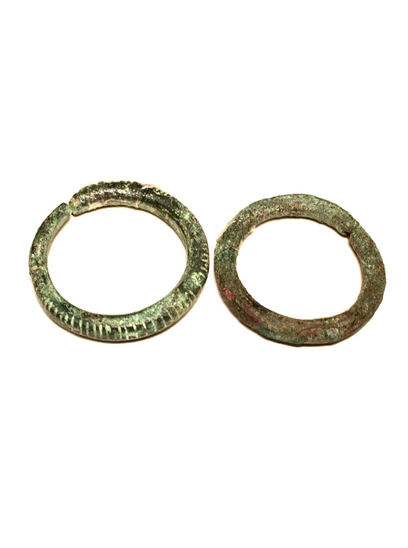
Type: Sold as Sumerian Ring Money
Age: 3000 BCE
Era: Early Bronze Age
Culture: Sumer
Excavated: Unknown
Purchased: undisclosed
This was one of my first antiquities purchases, long before I took the time to research a piece before a buying. Although the rings appear to be very old, even ancient, I have not found any other comparable examples. There are ancient Celtic rings that look very similar to these, thus they may have been misidentified.
Age: 3000 BCE
Era: Early Bronze Age
Culture: Sumer
Excavated: Unknown
Purchased: undisclosed
This was one of my first antiquities purchases, long before I took the time to research a piece before a buying. Although the rings appear to be very old, even ancient, I have not found any other comparable examples. There are ancient Celtic rings that look very similar to these, thus they may have been misidentified.
Another Did you know?
Did you know that the Apostle Peter and Paul were frequent flyers in the ancient jail and prison system? The religious class did not like that they were preaching Jesus as Messiah and Rome didn't like the upheaval that such preaching caused. Paul and Peter both made it to Rome, and of course, they were put into prison as they waited for an audience with the Emperor Nero. This prison is still in existence (albeit not in use), as it has been enshrined under a church in Rome. It sits just outside of the Roman Forum. See the pictures below.
